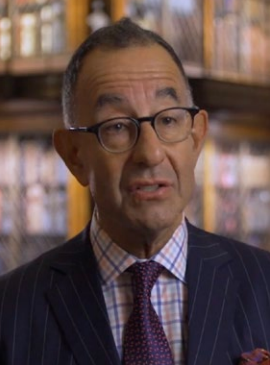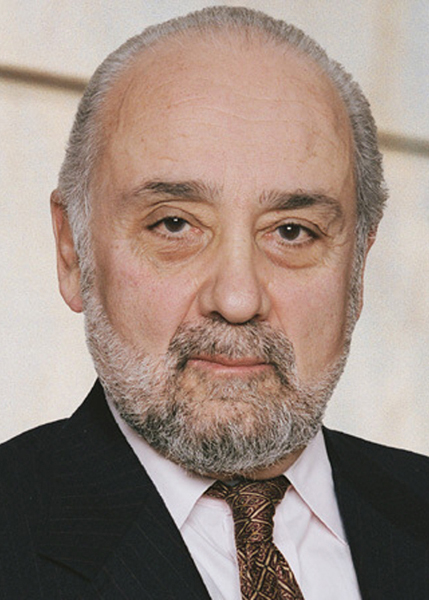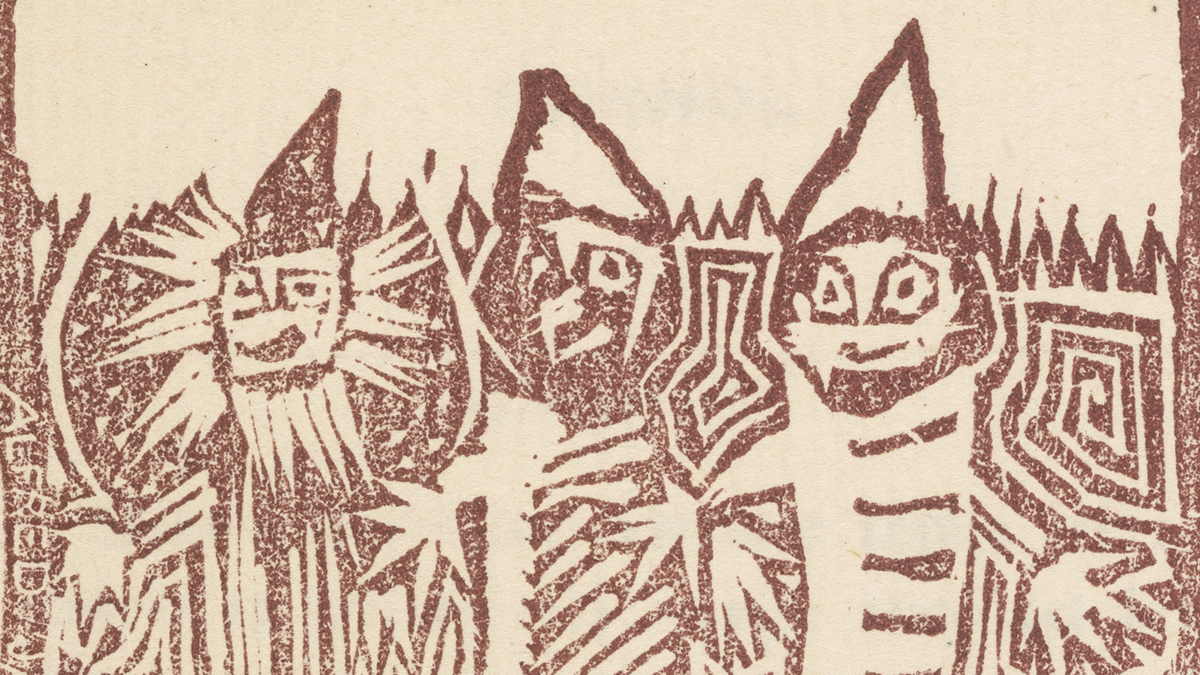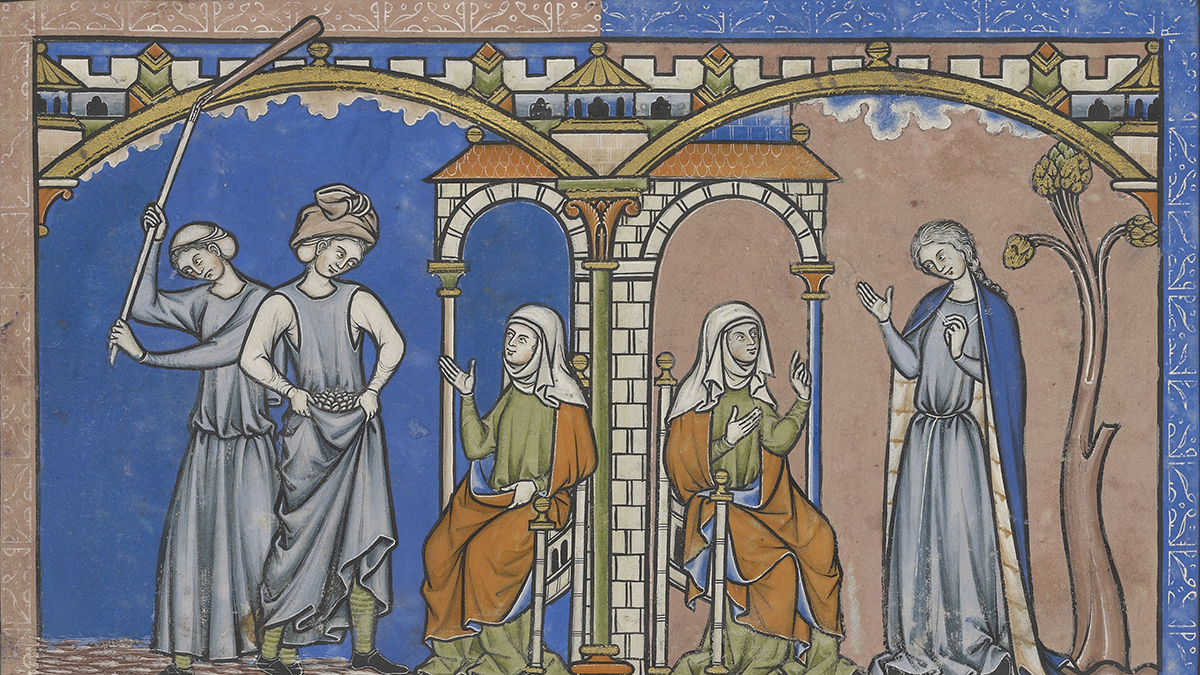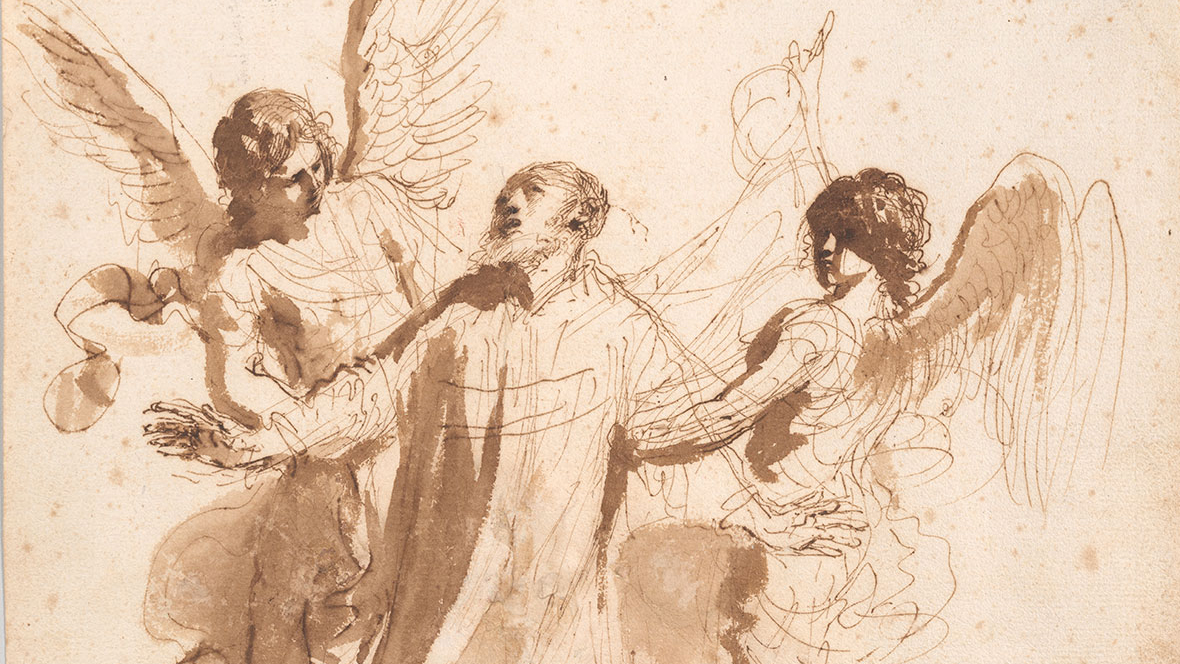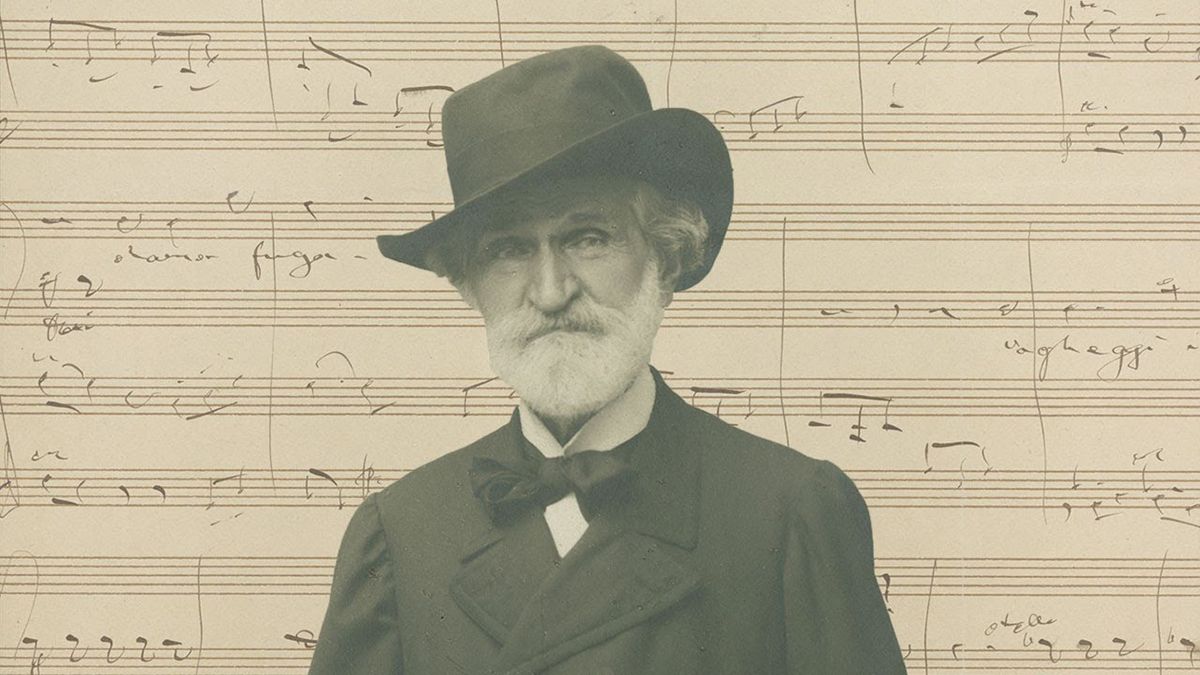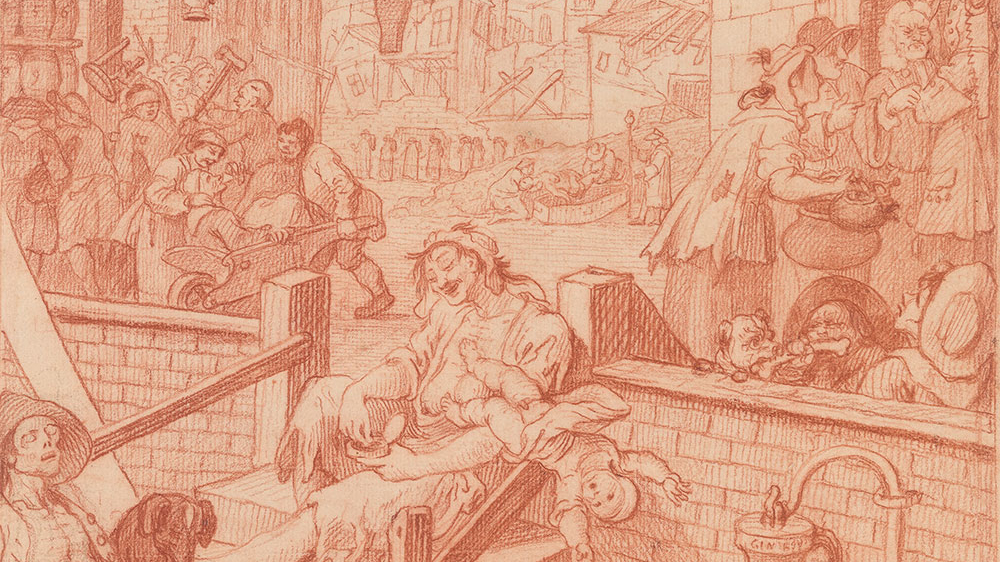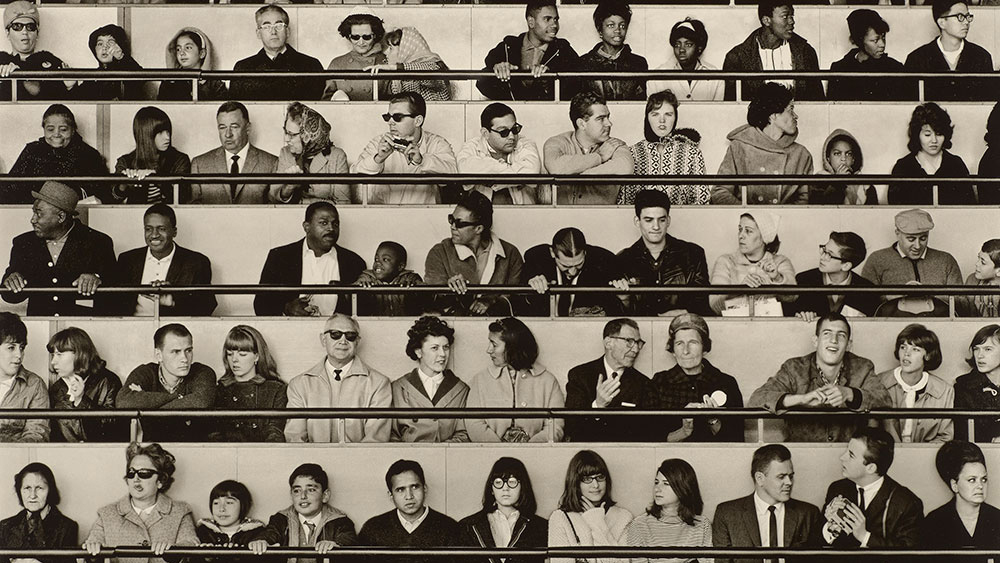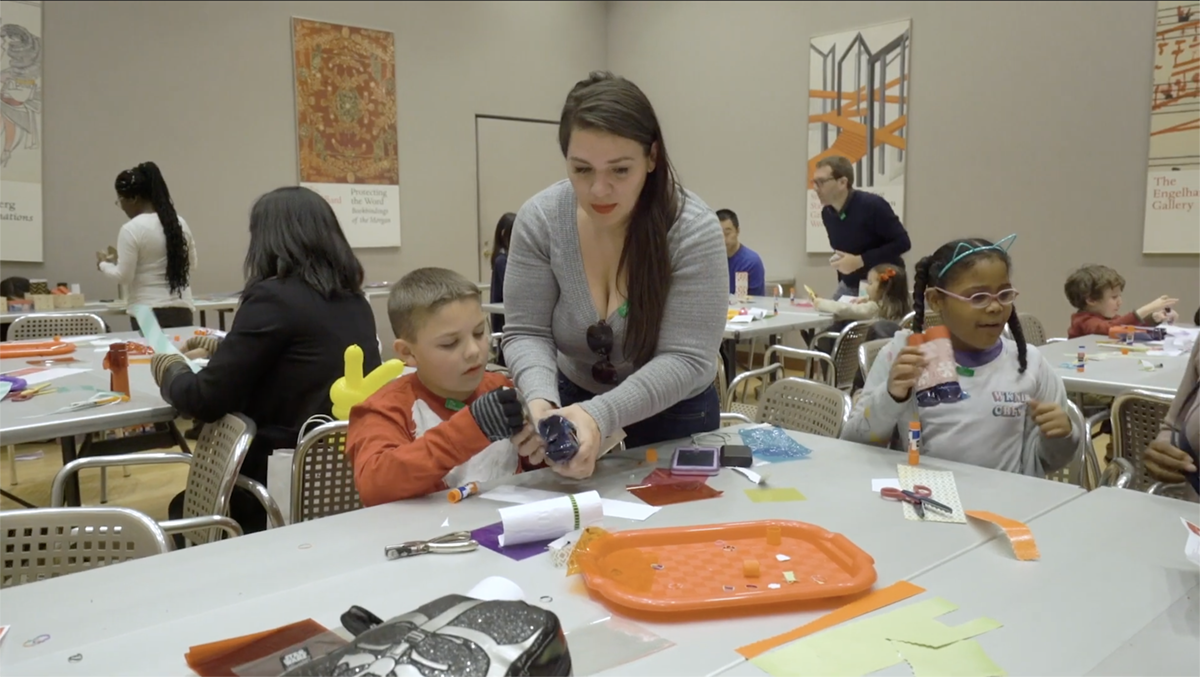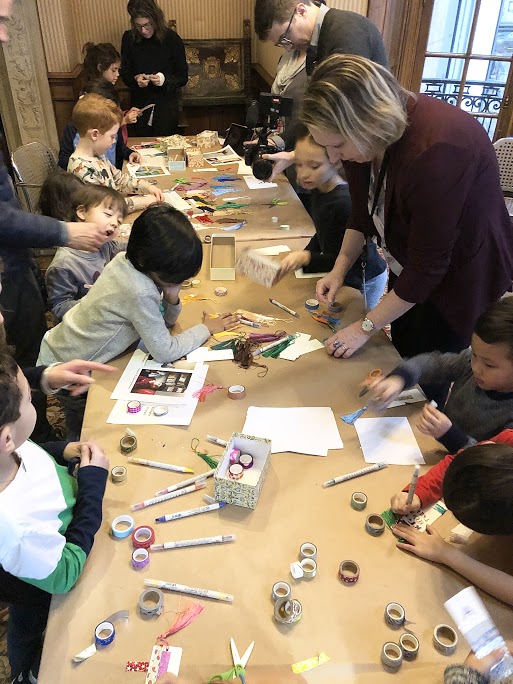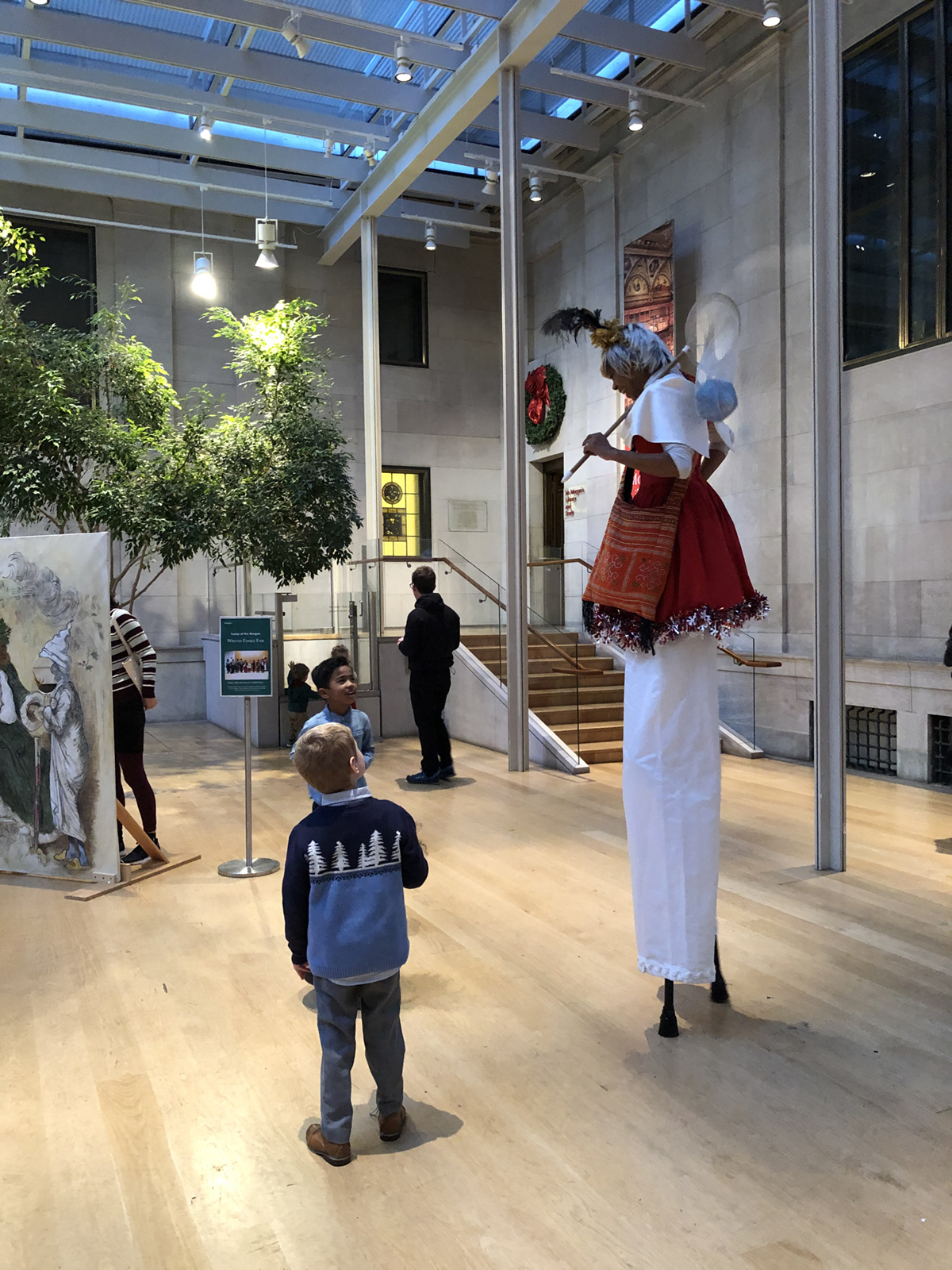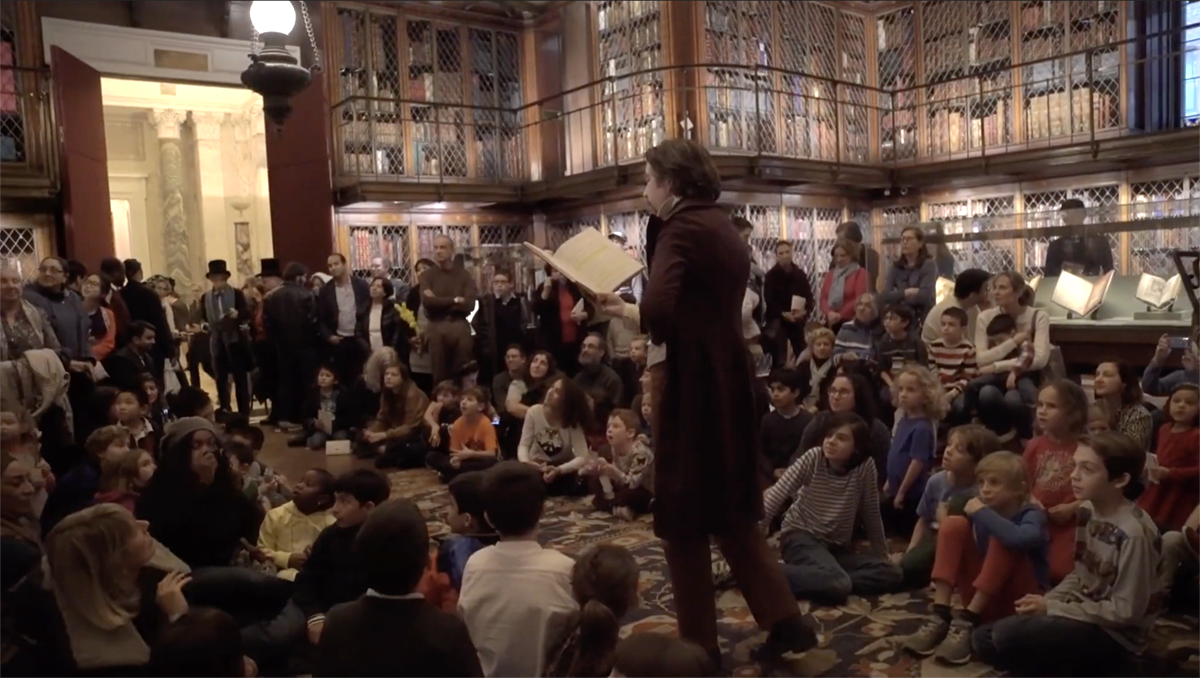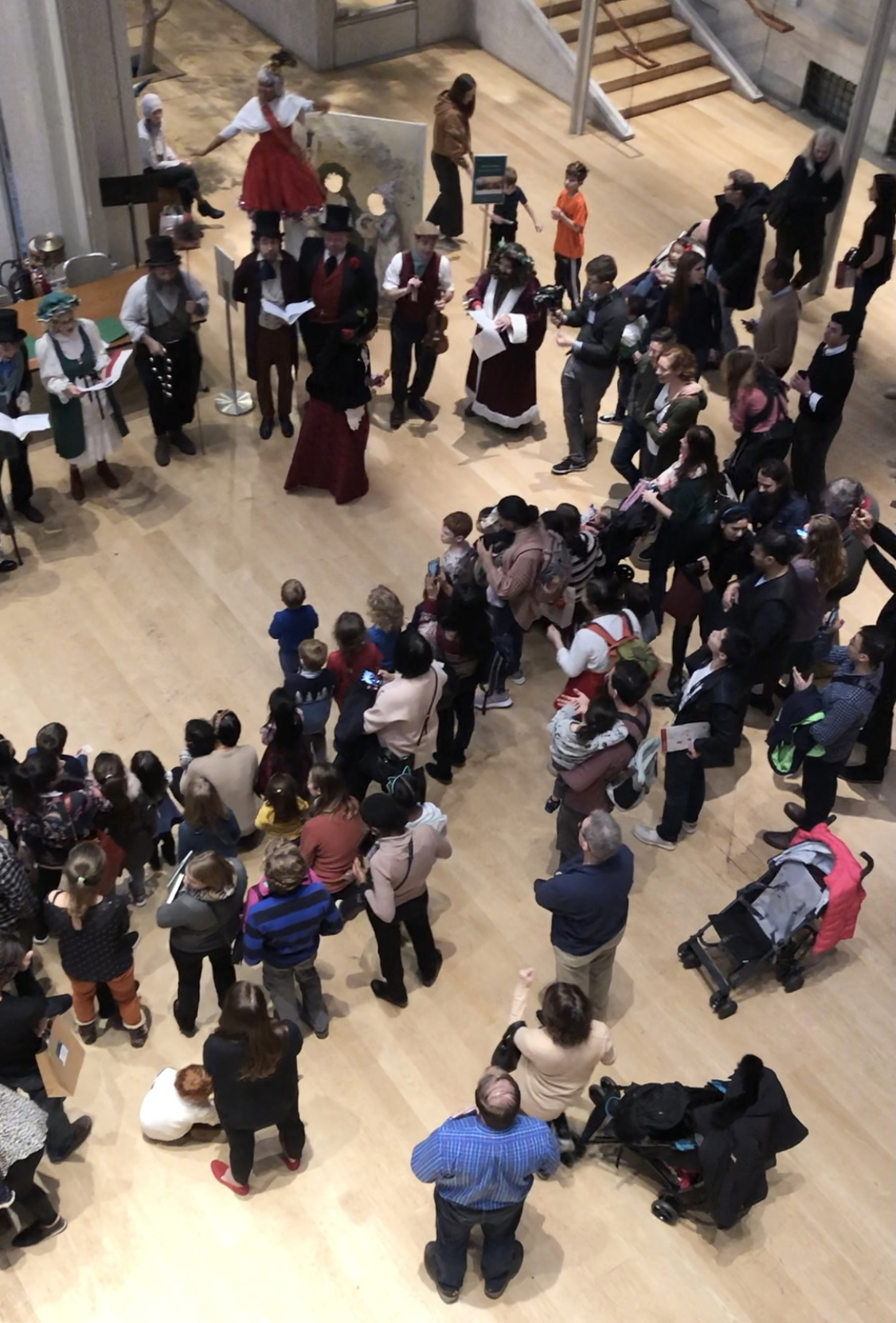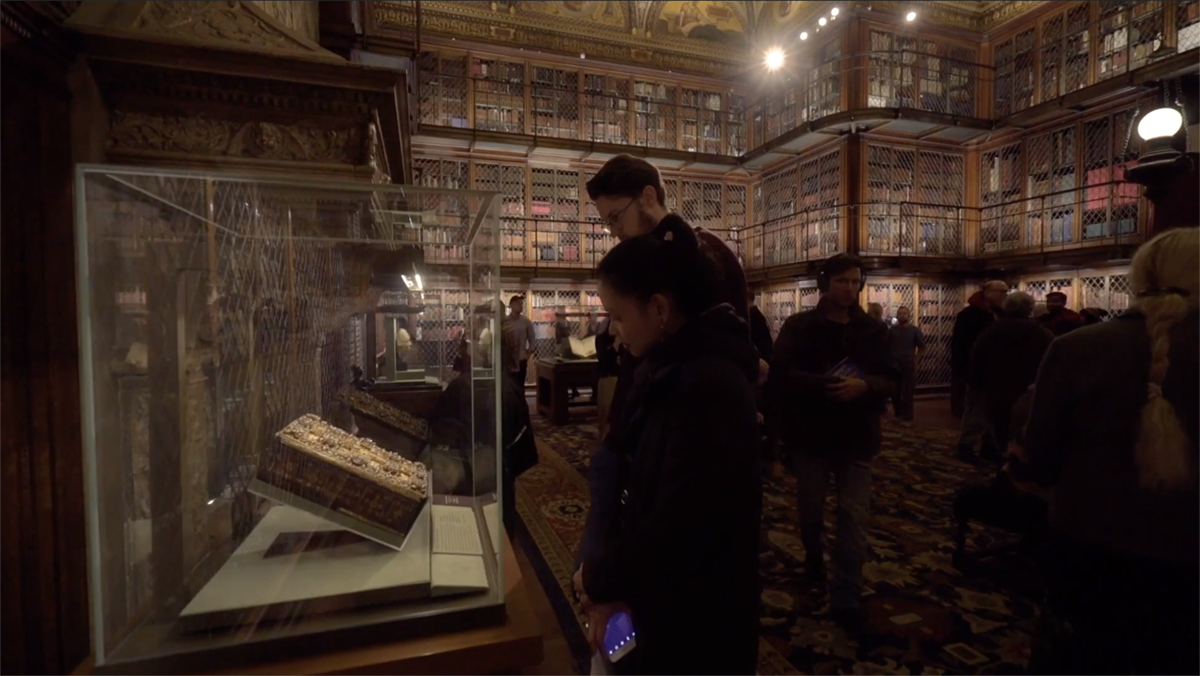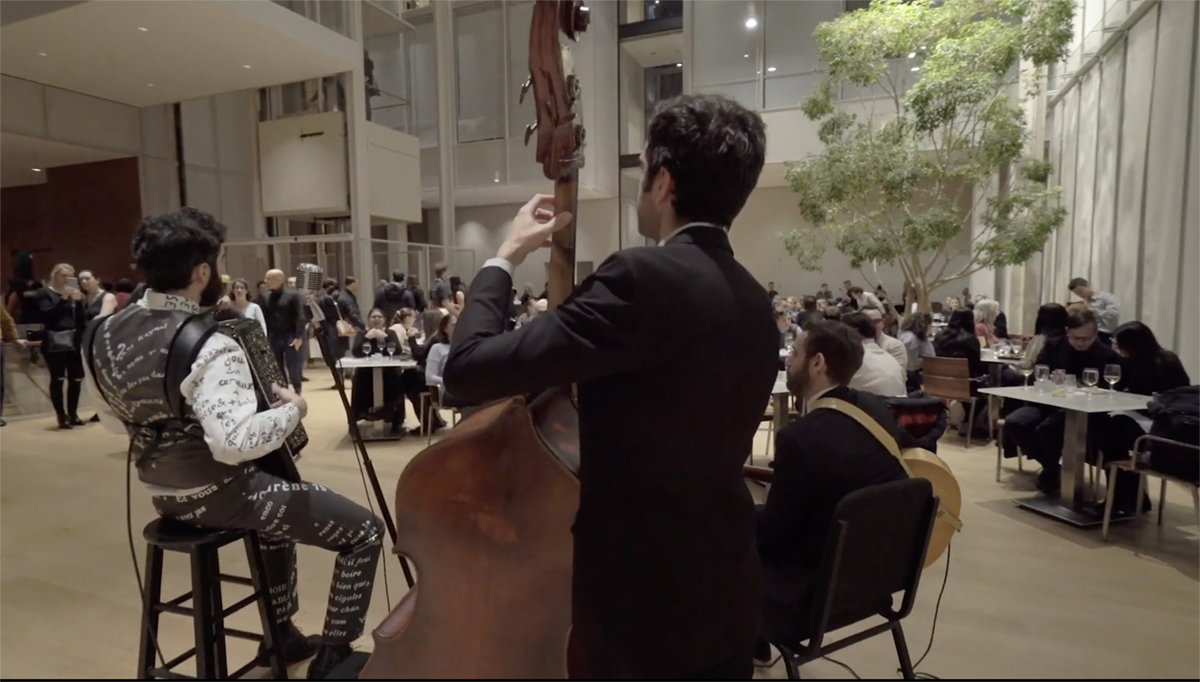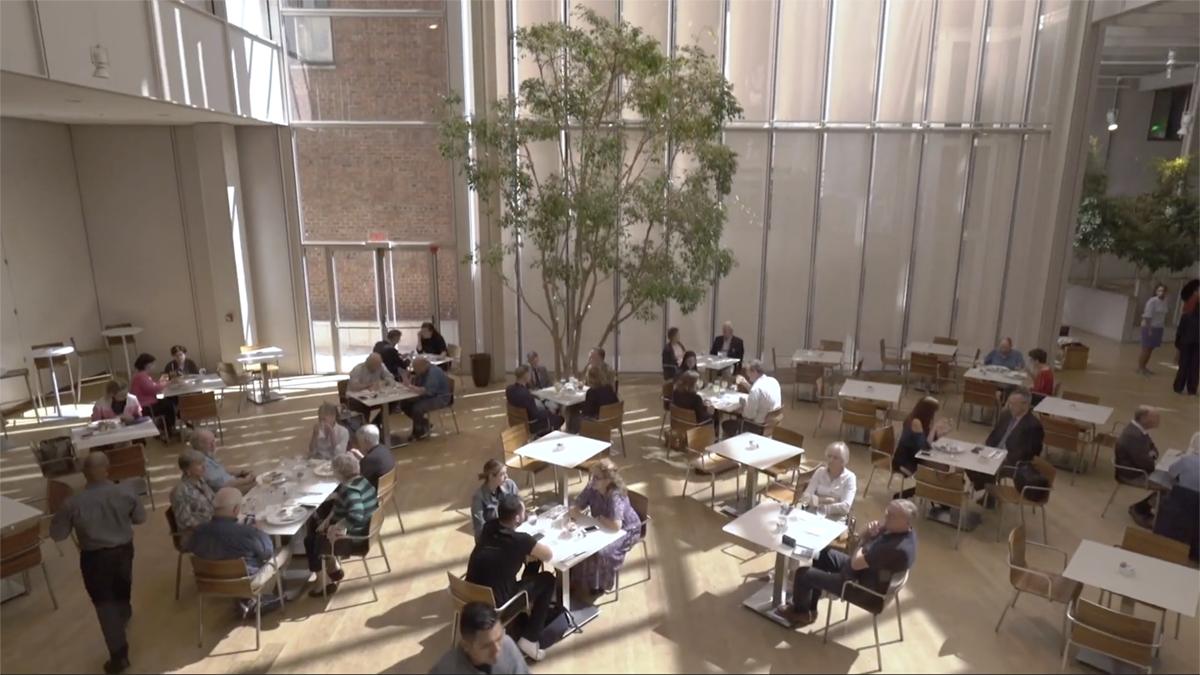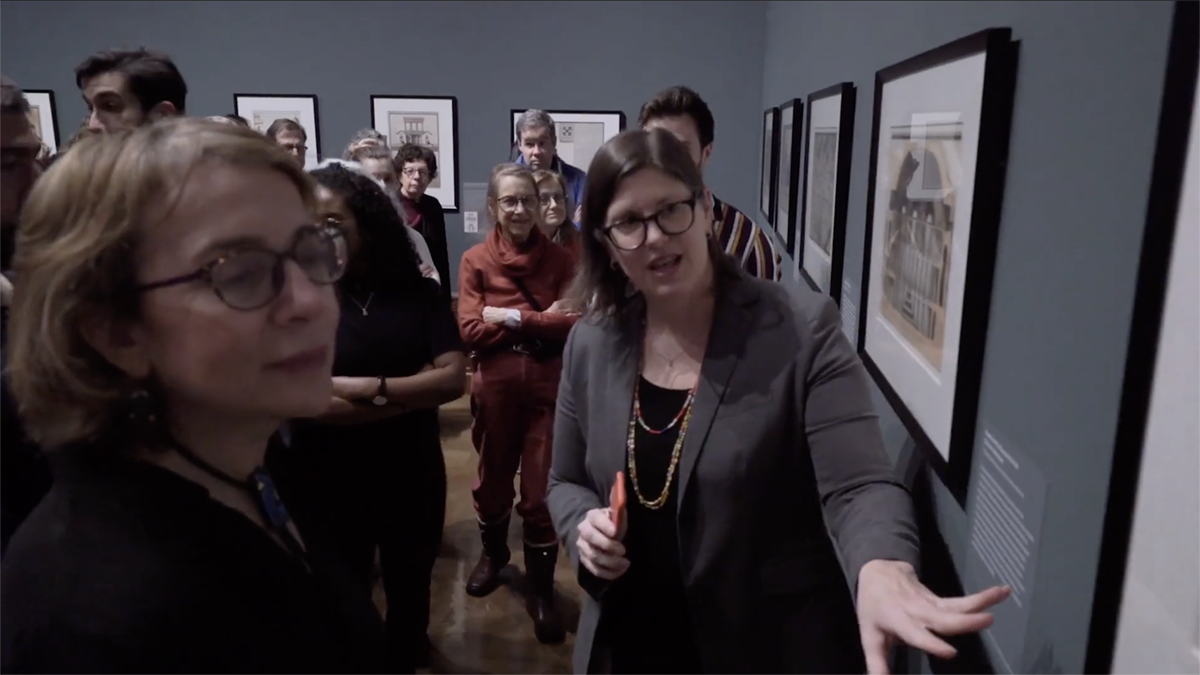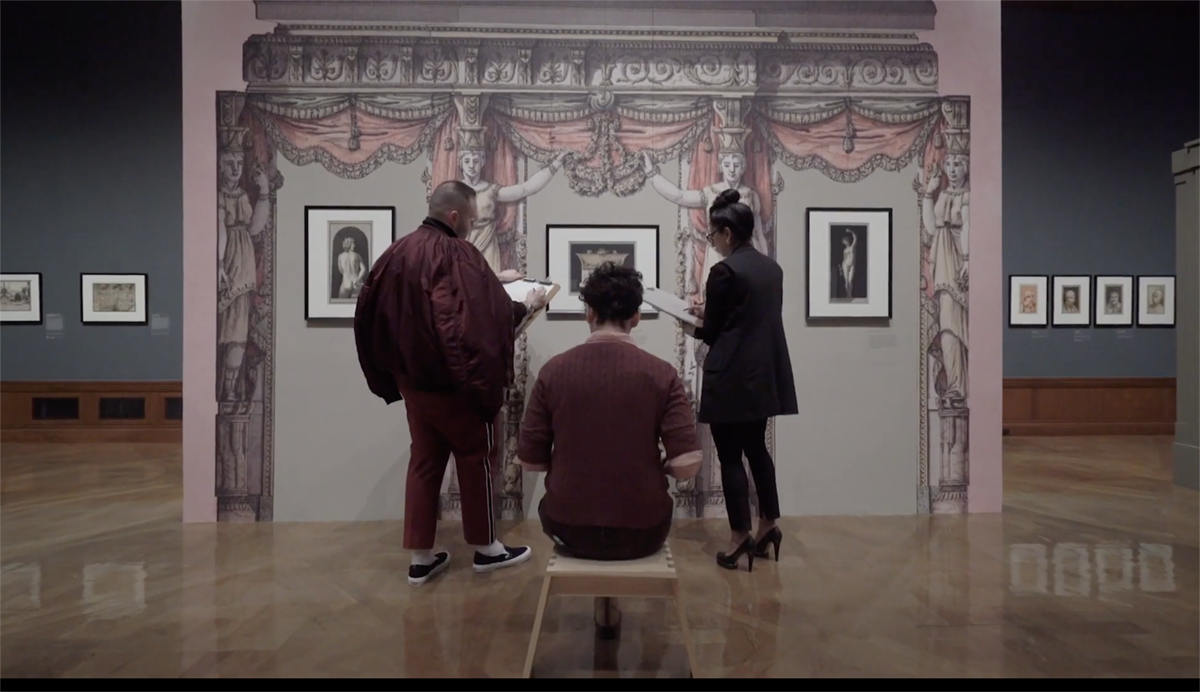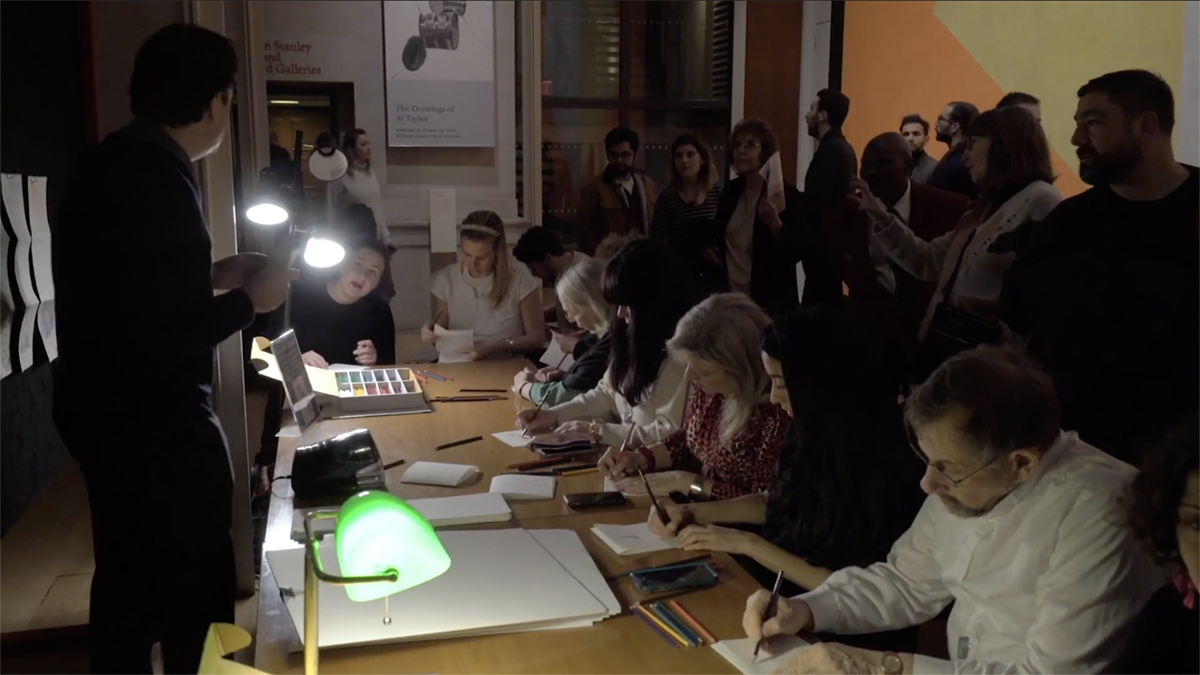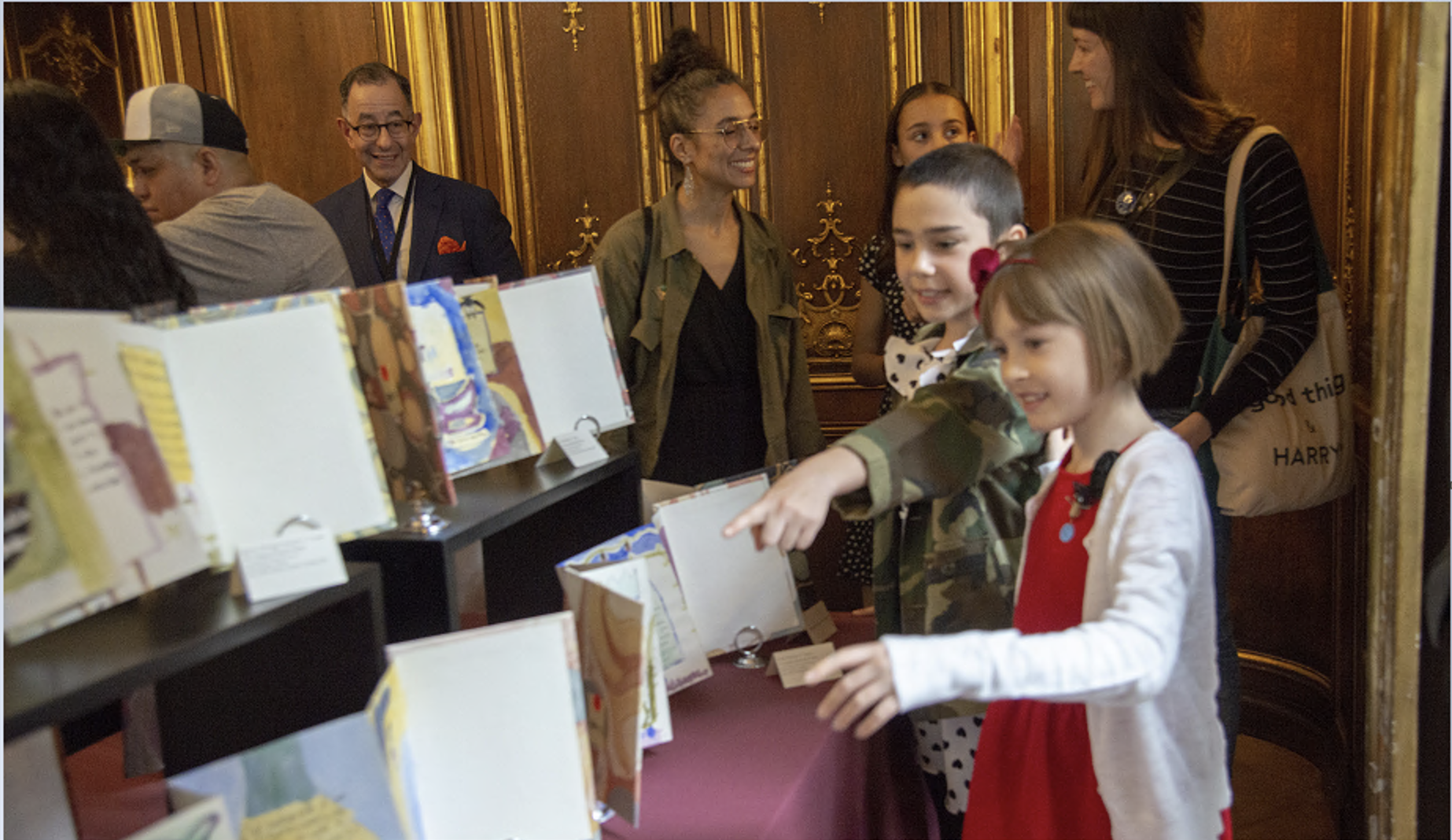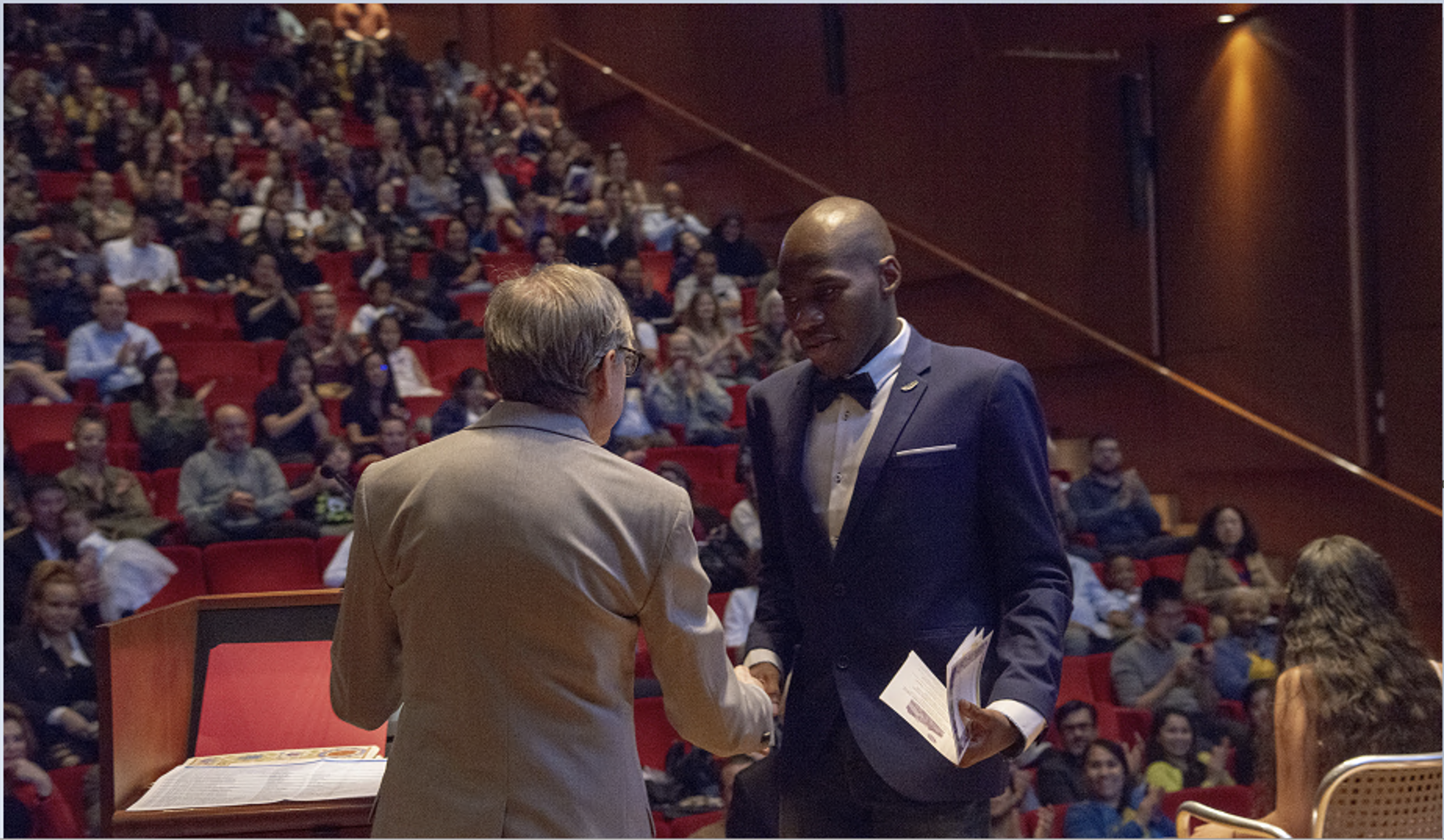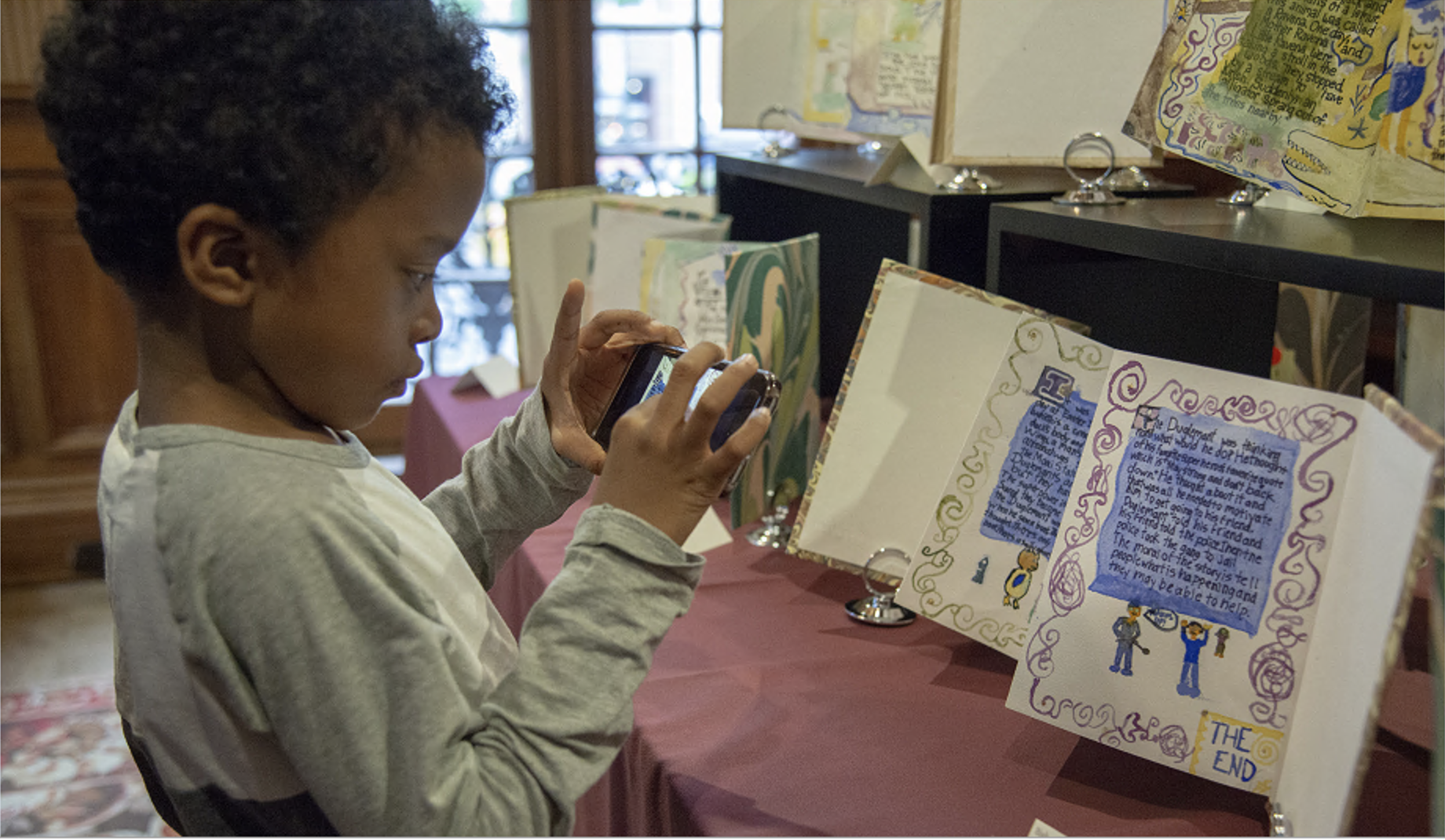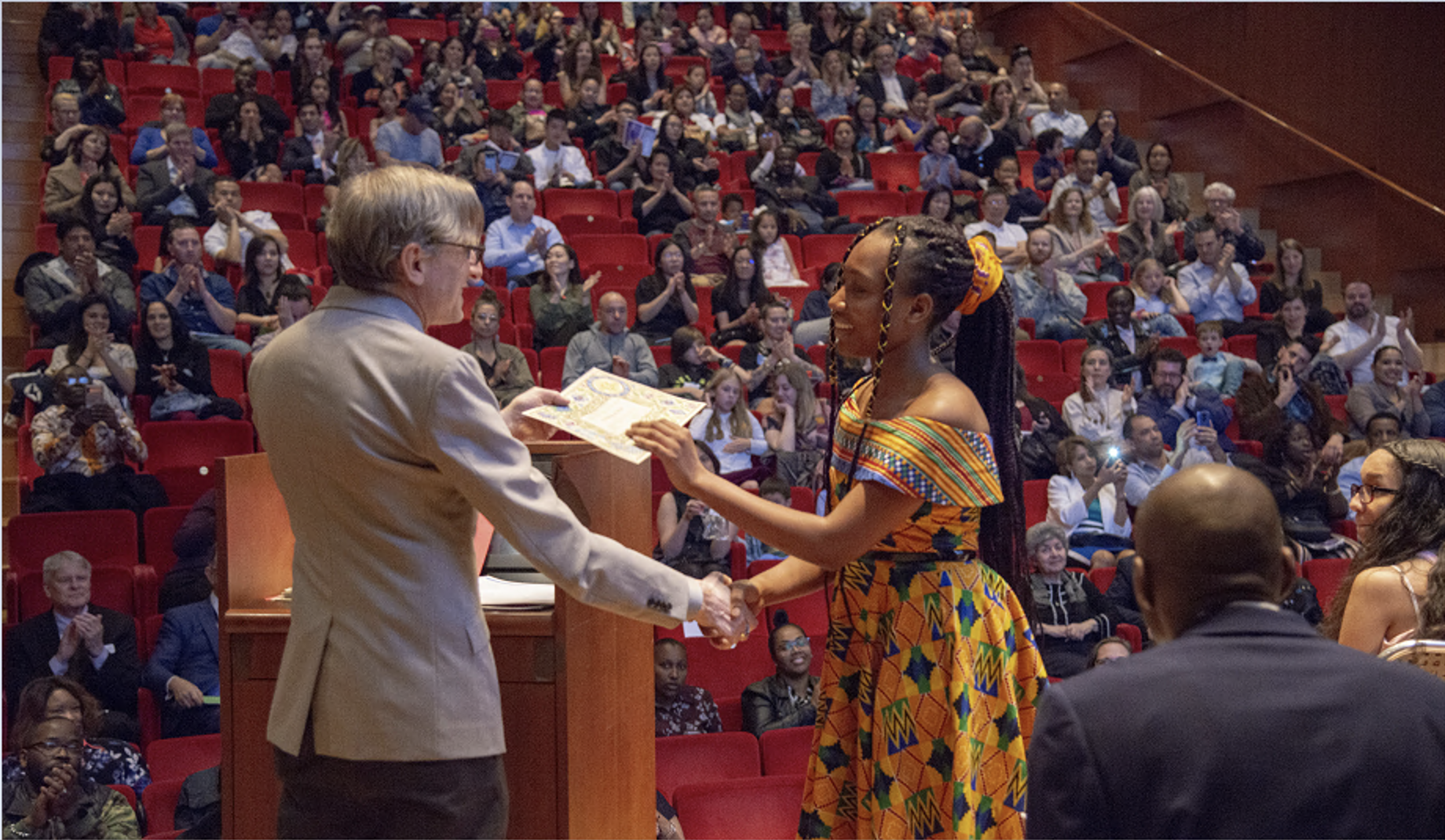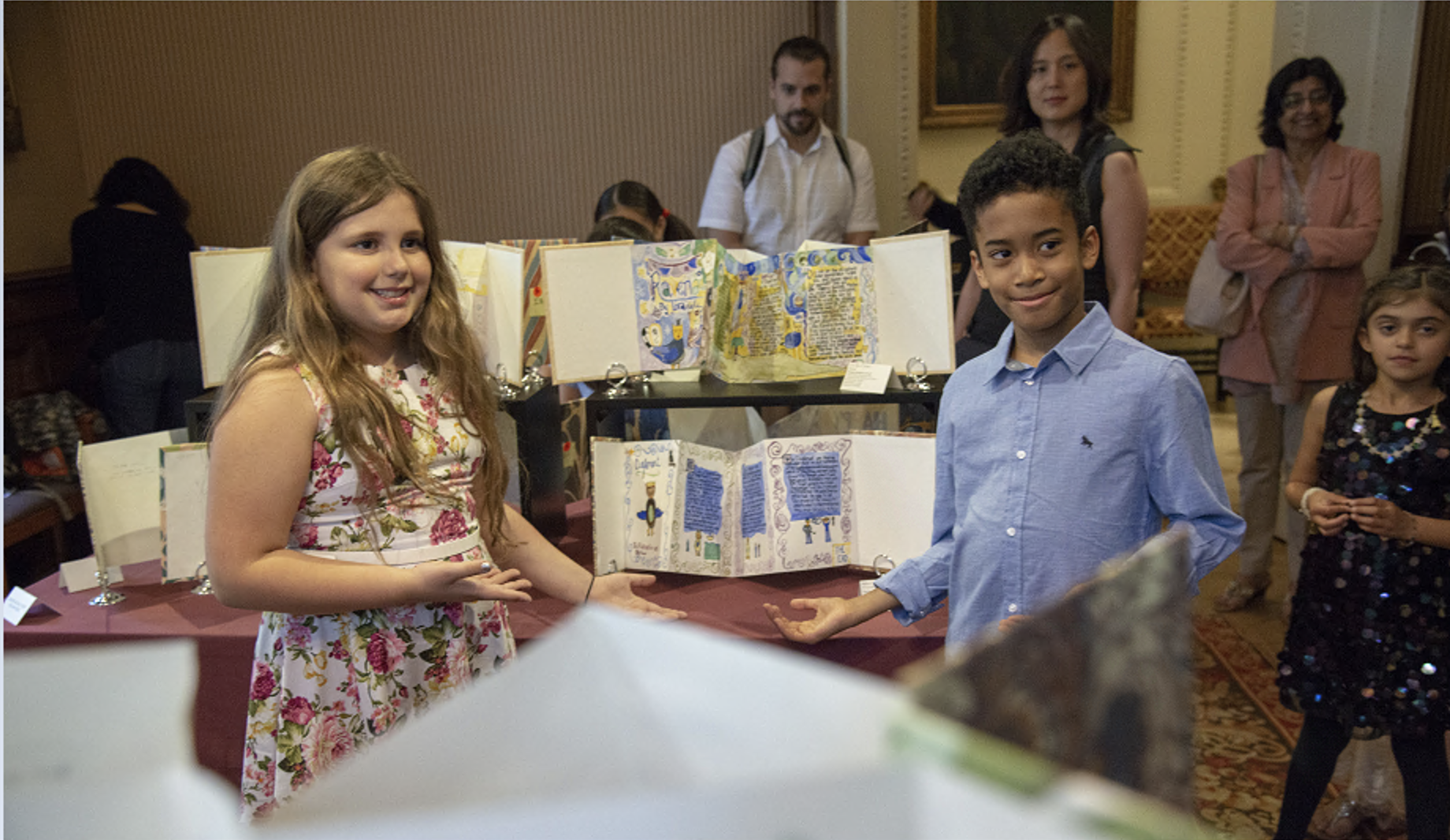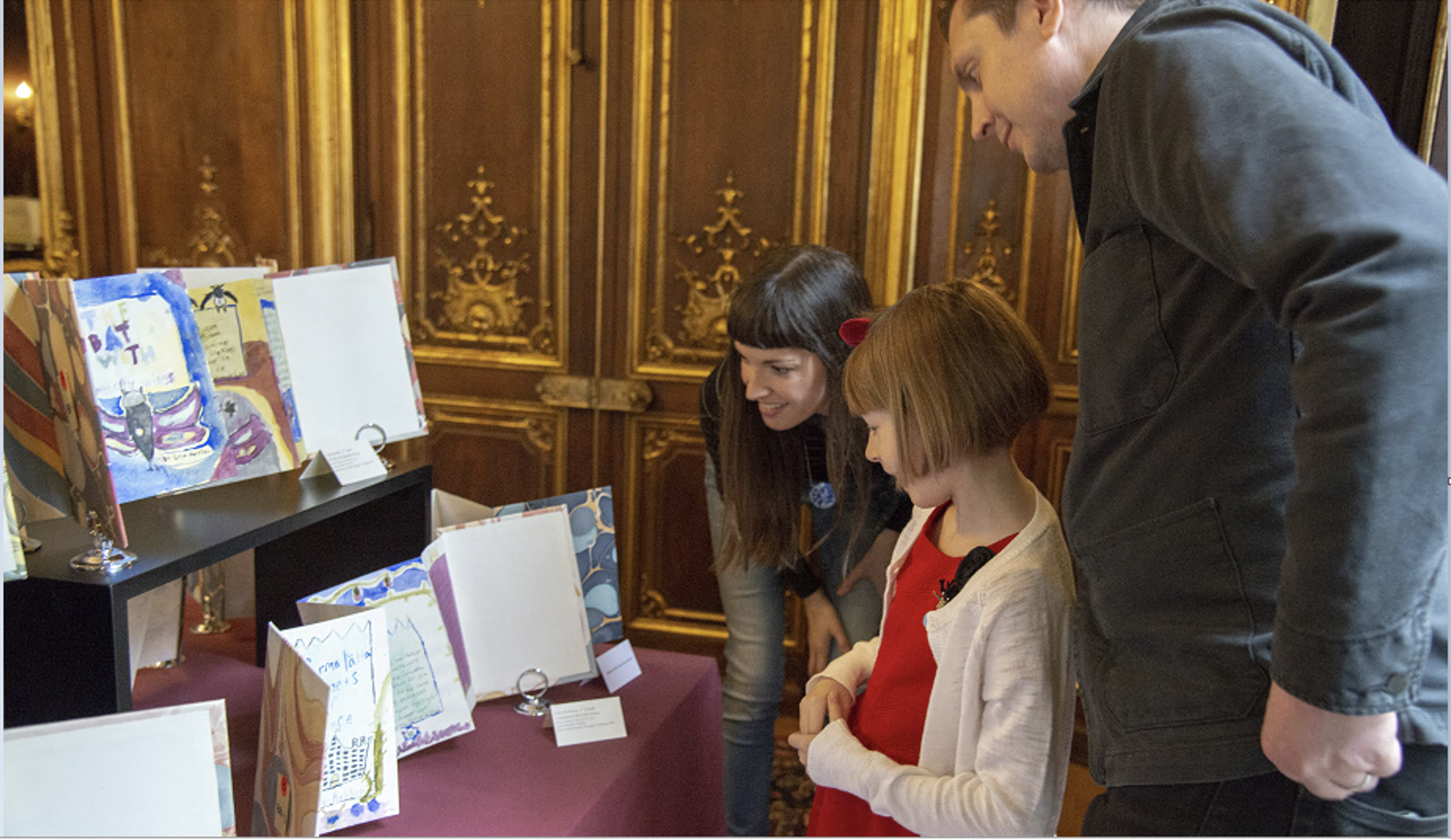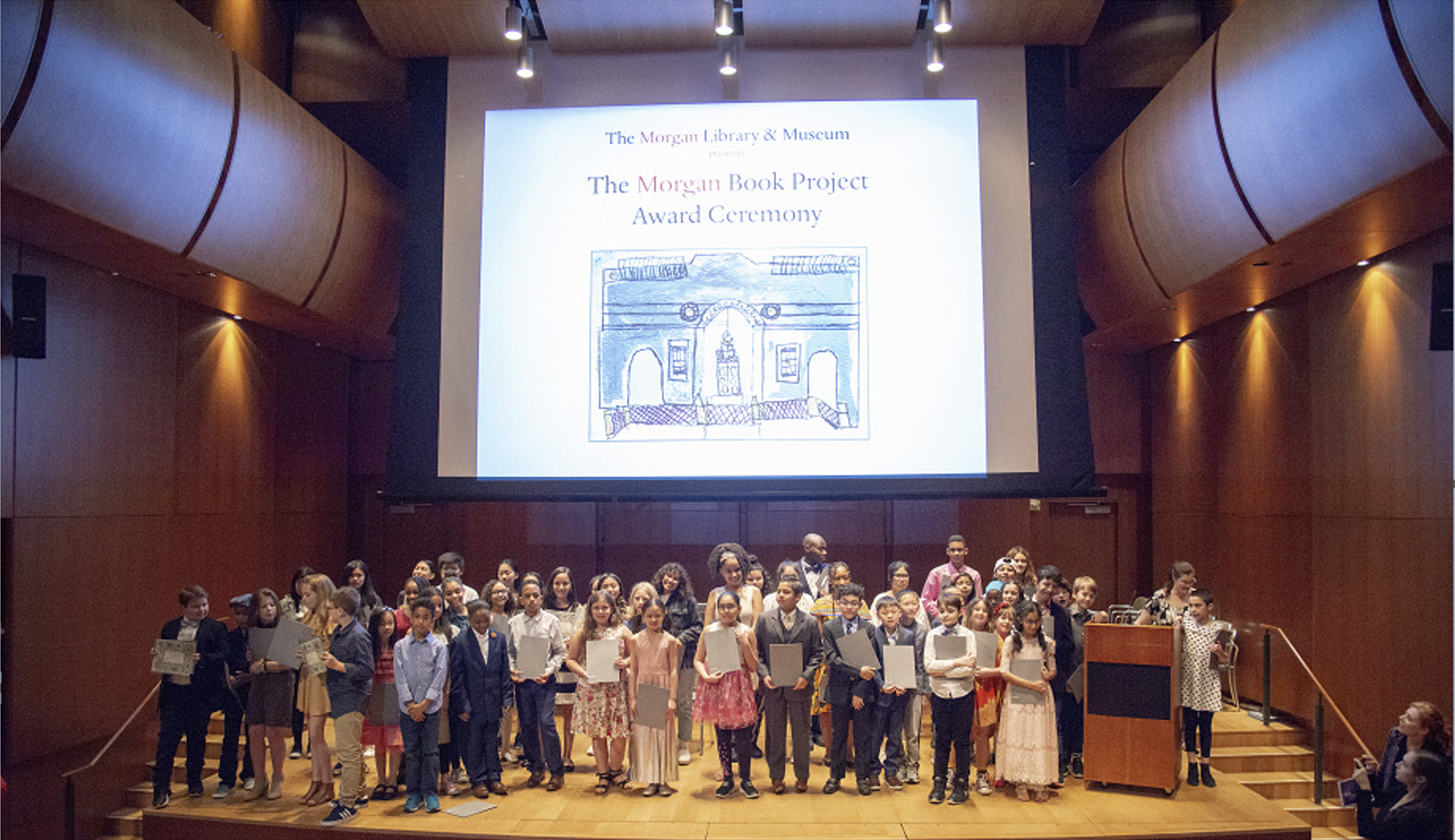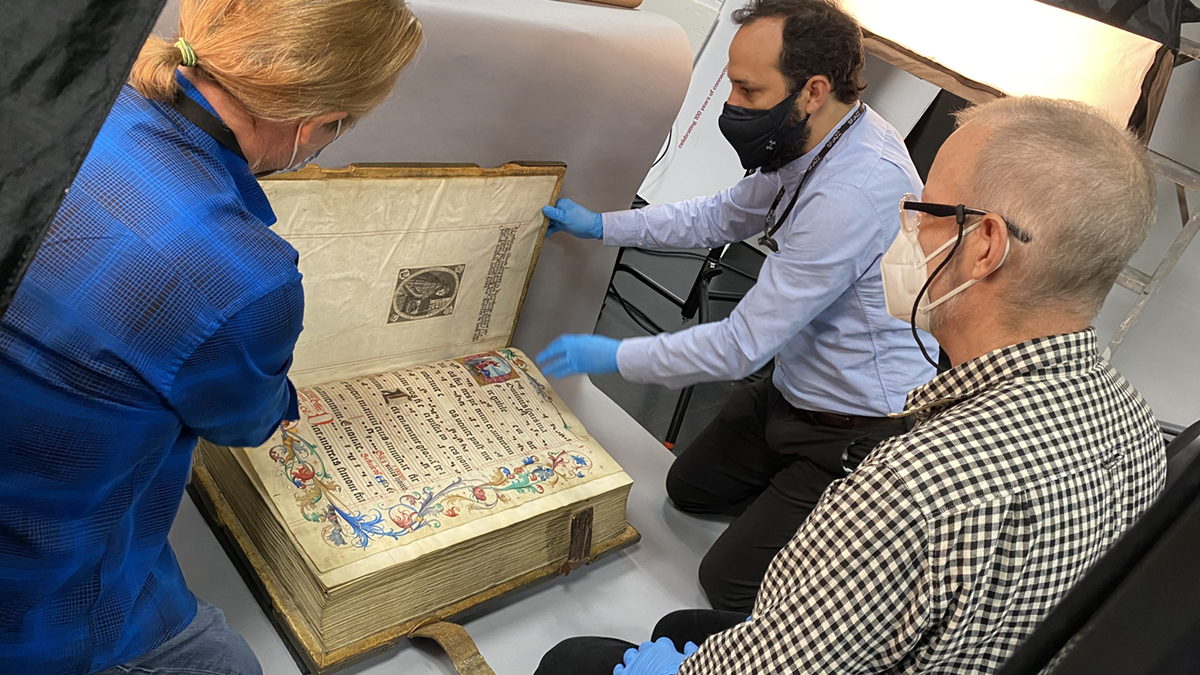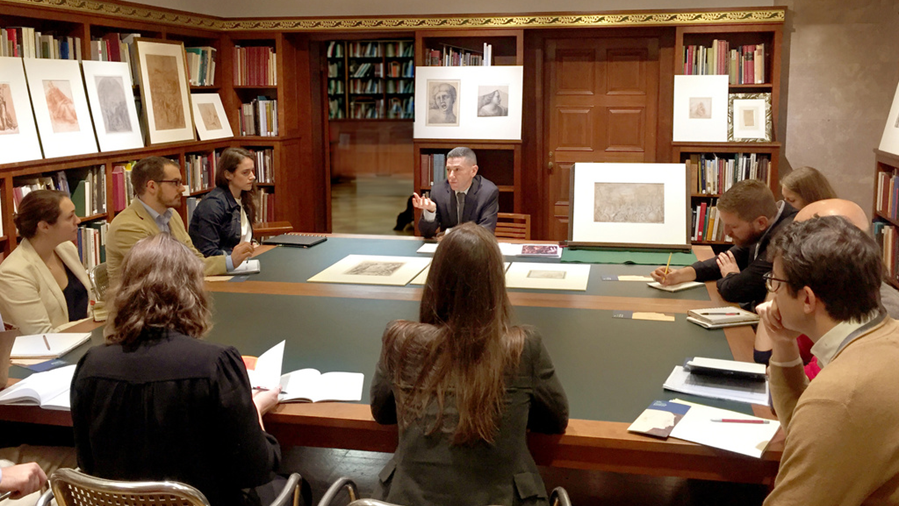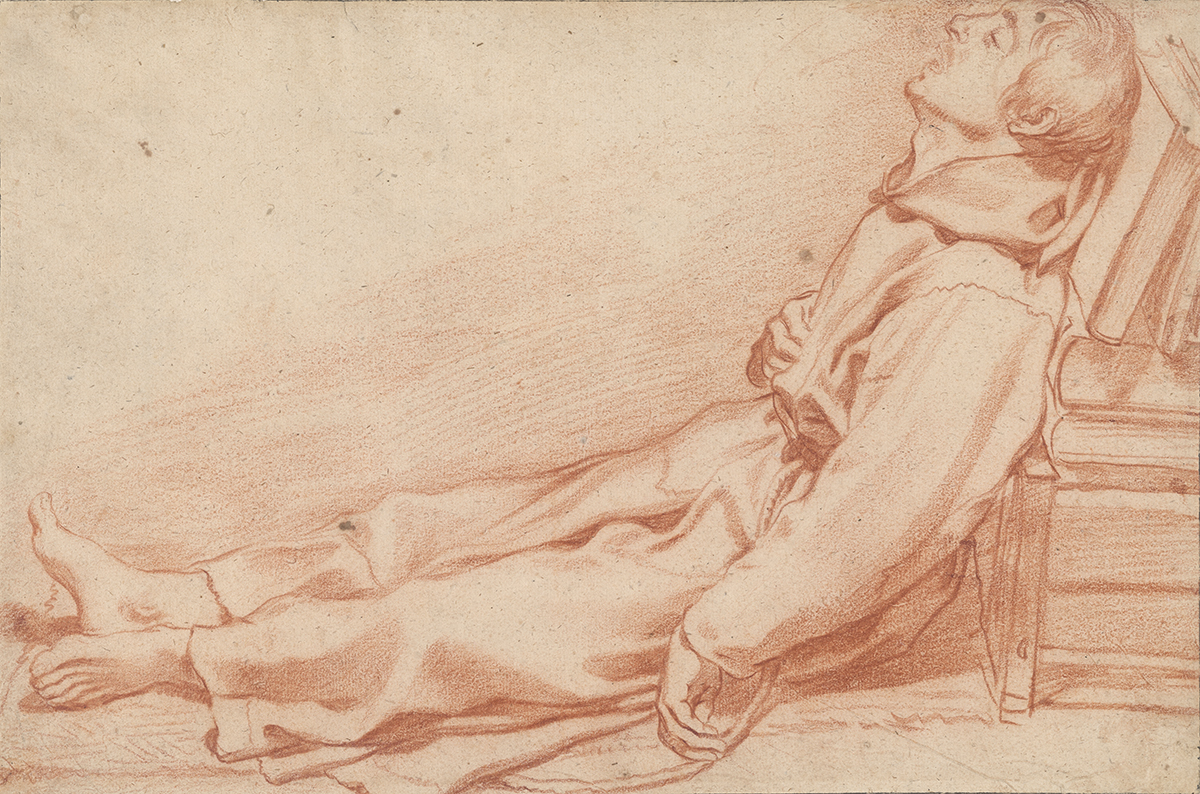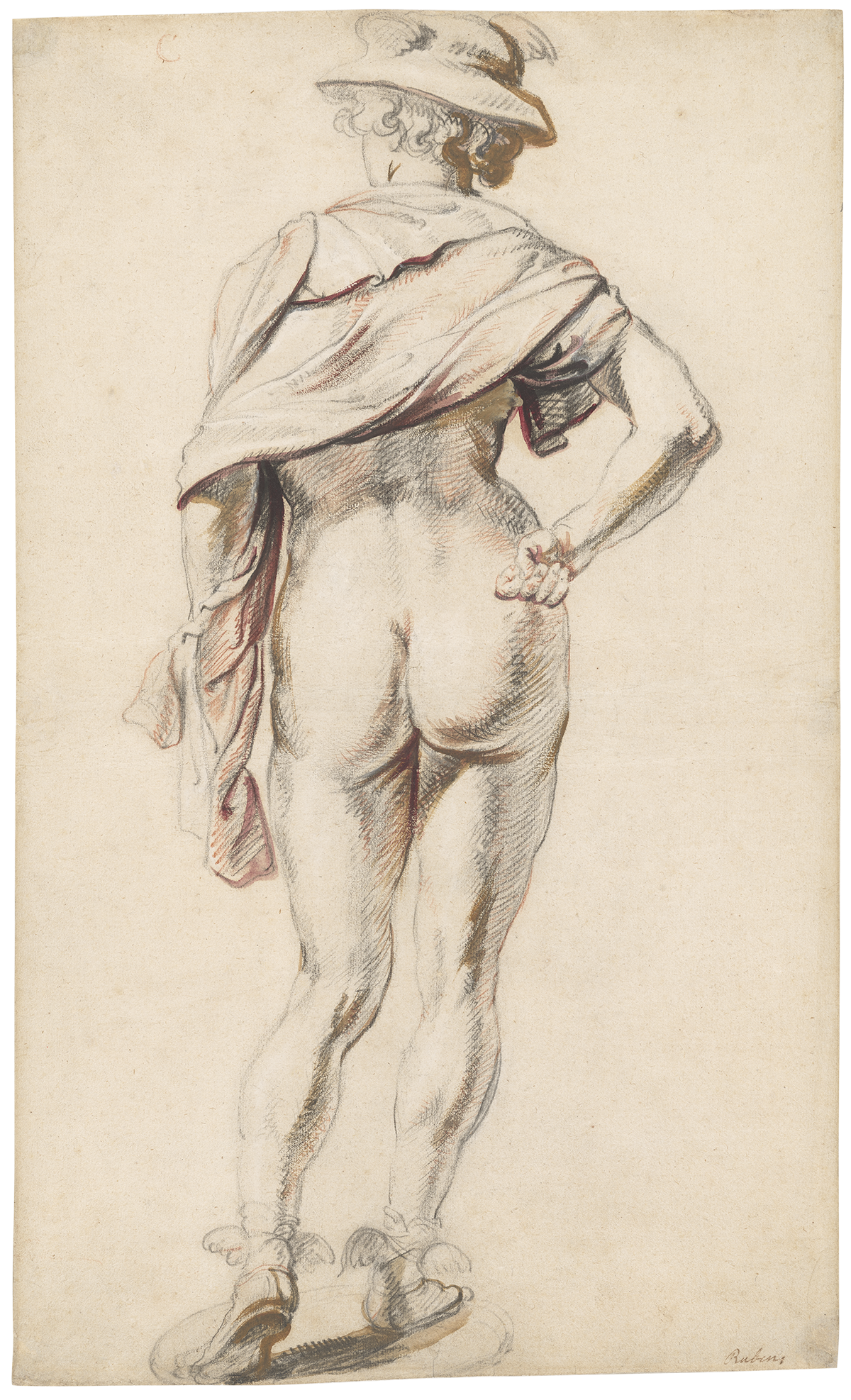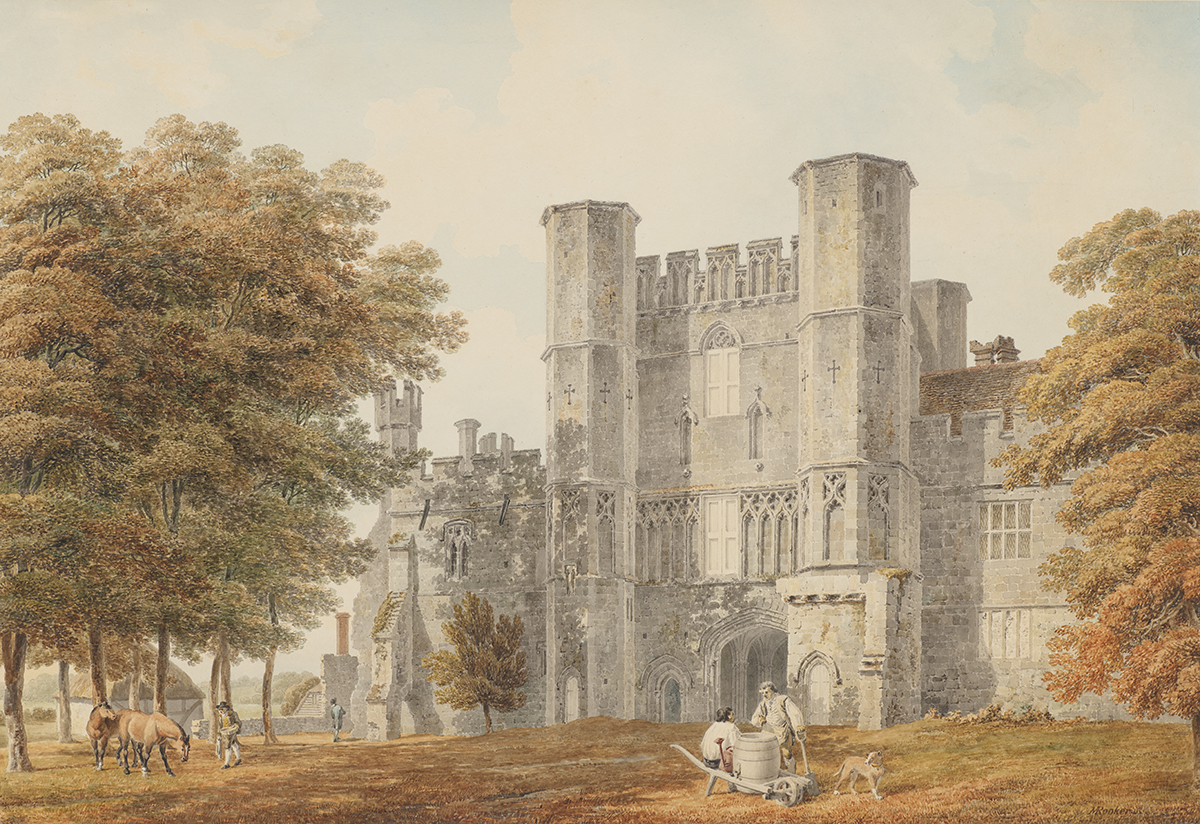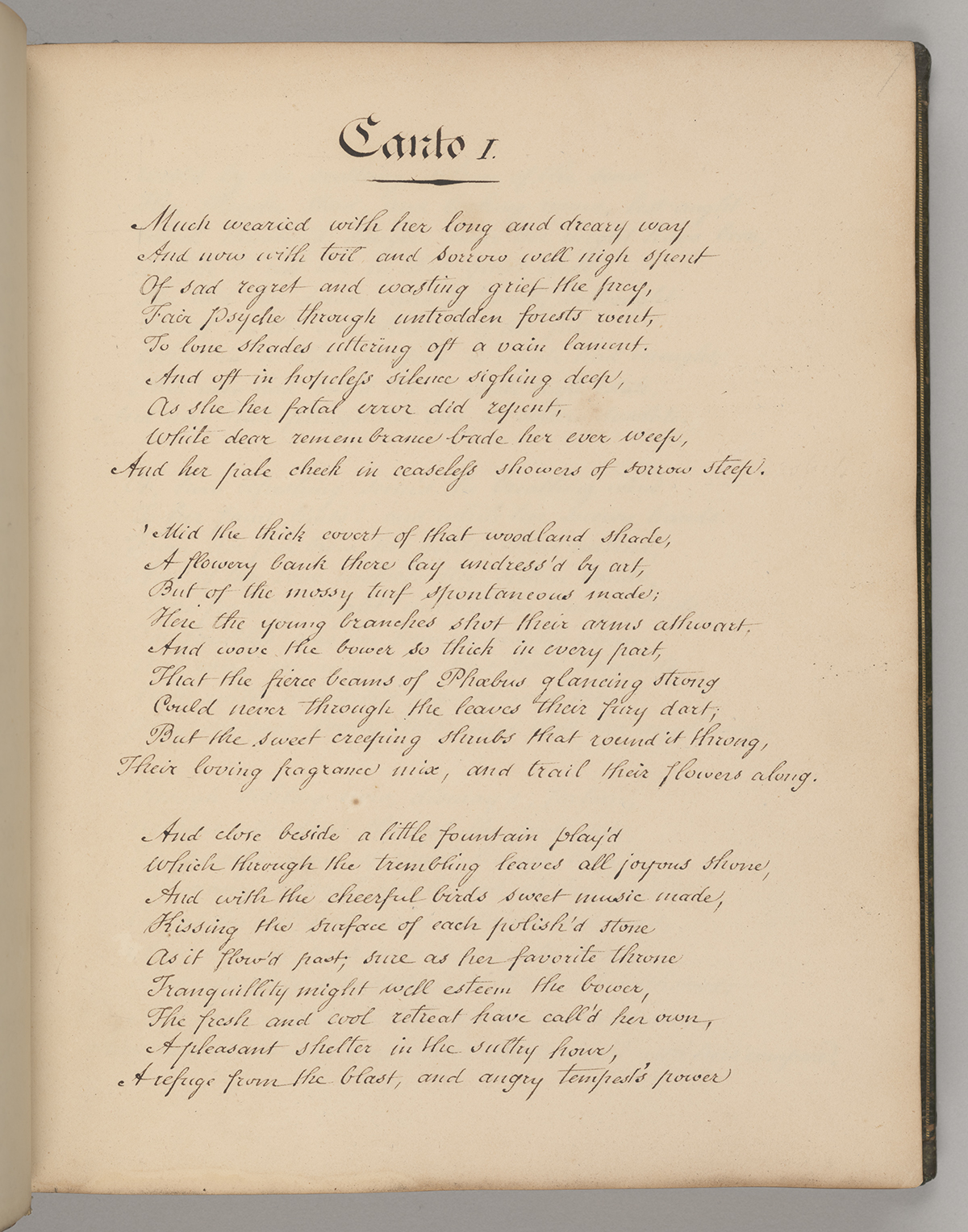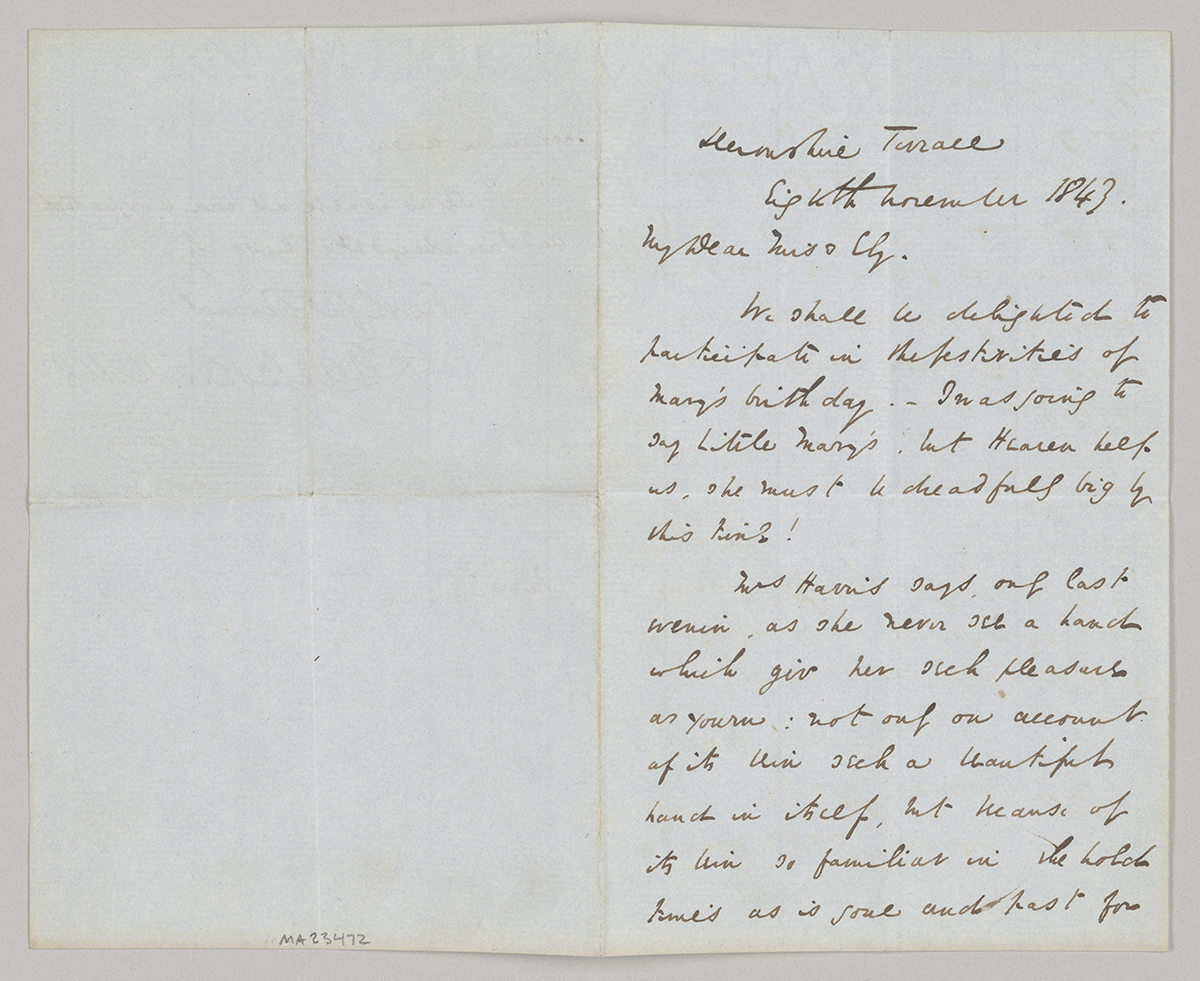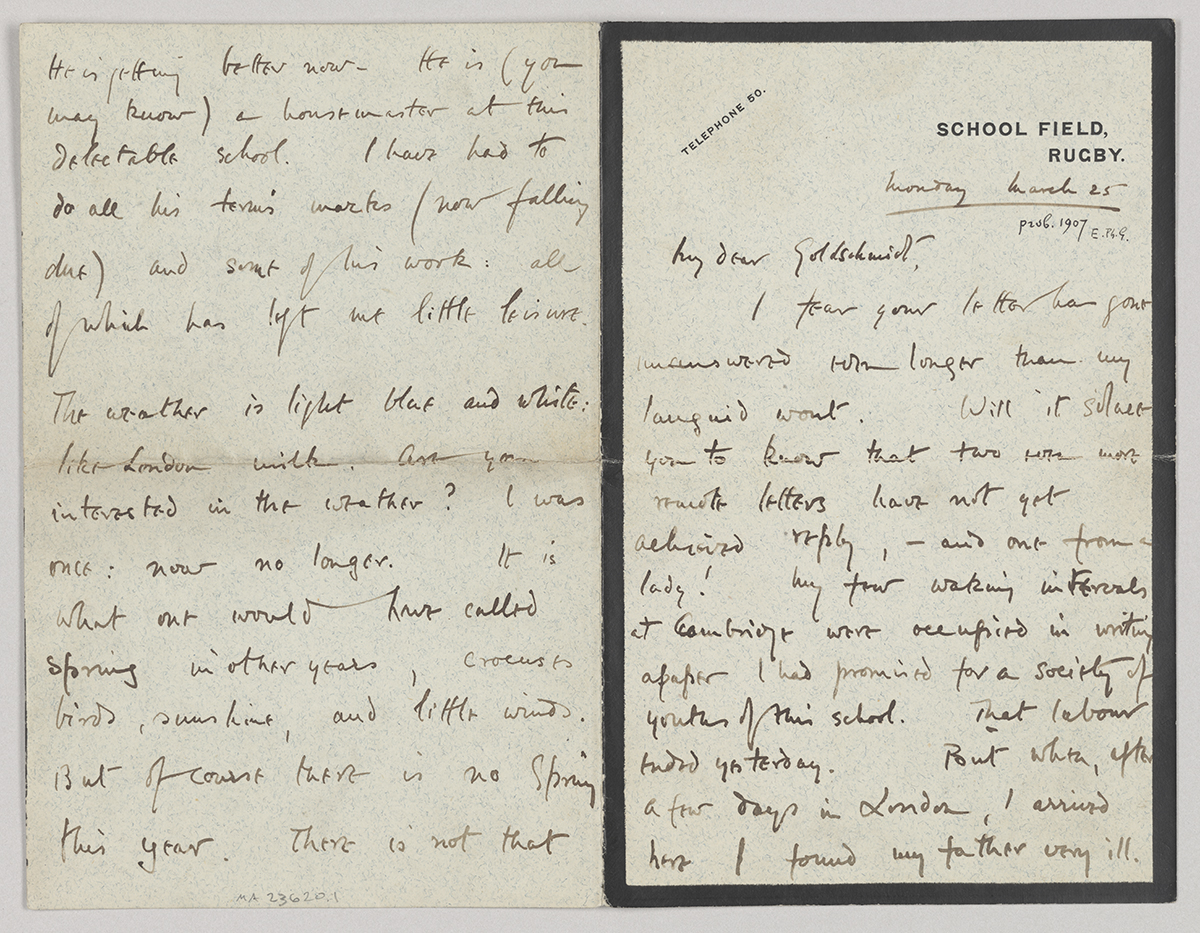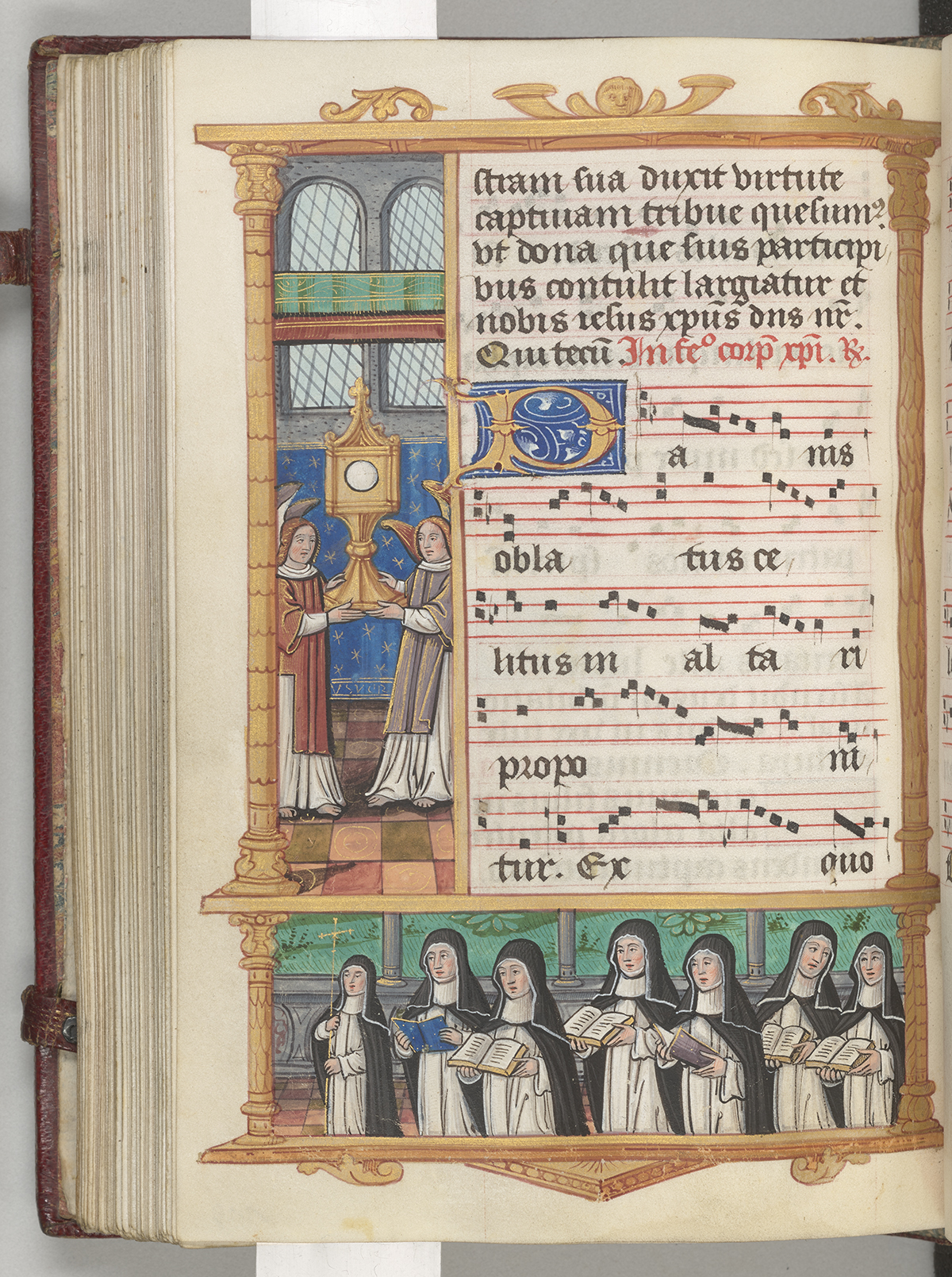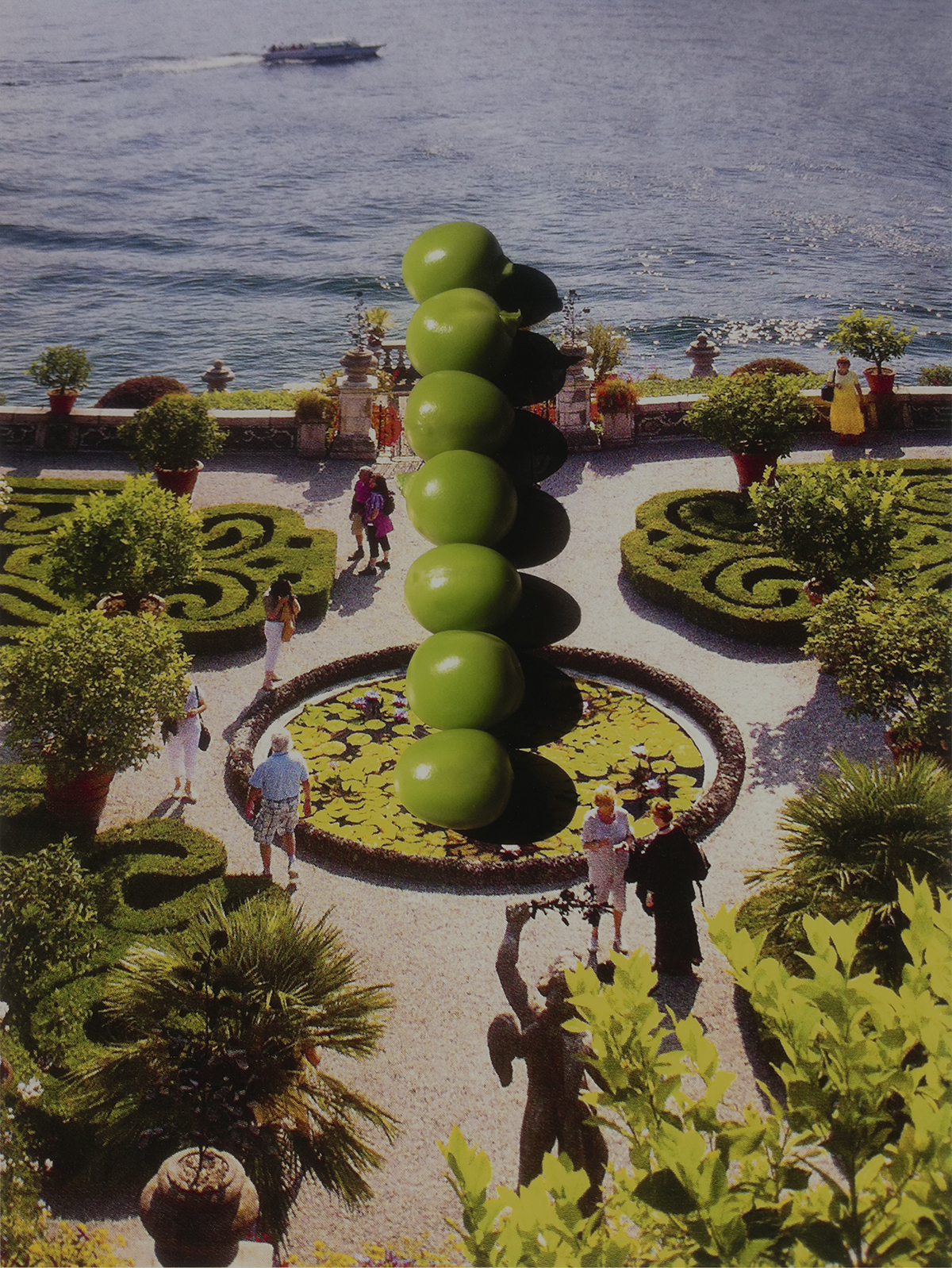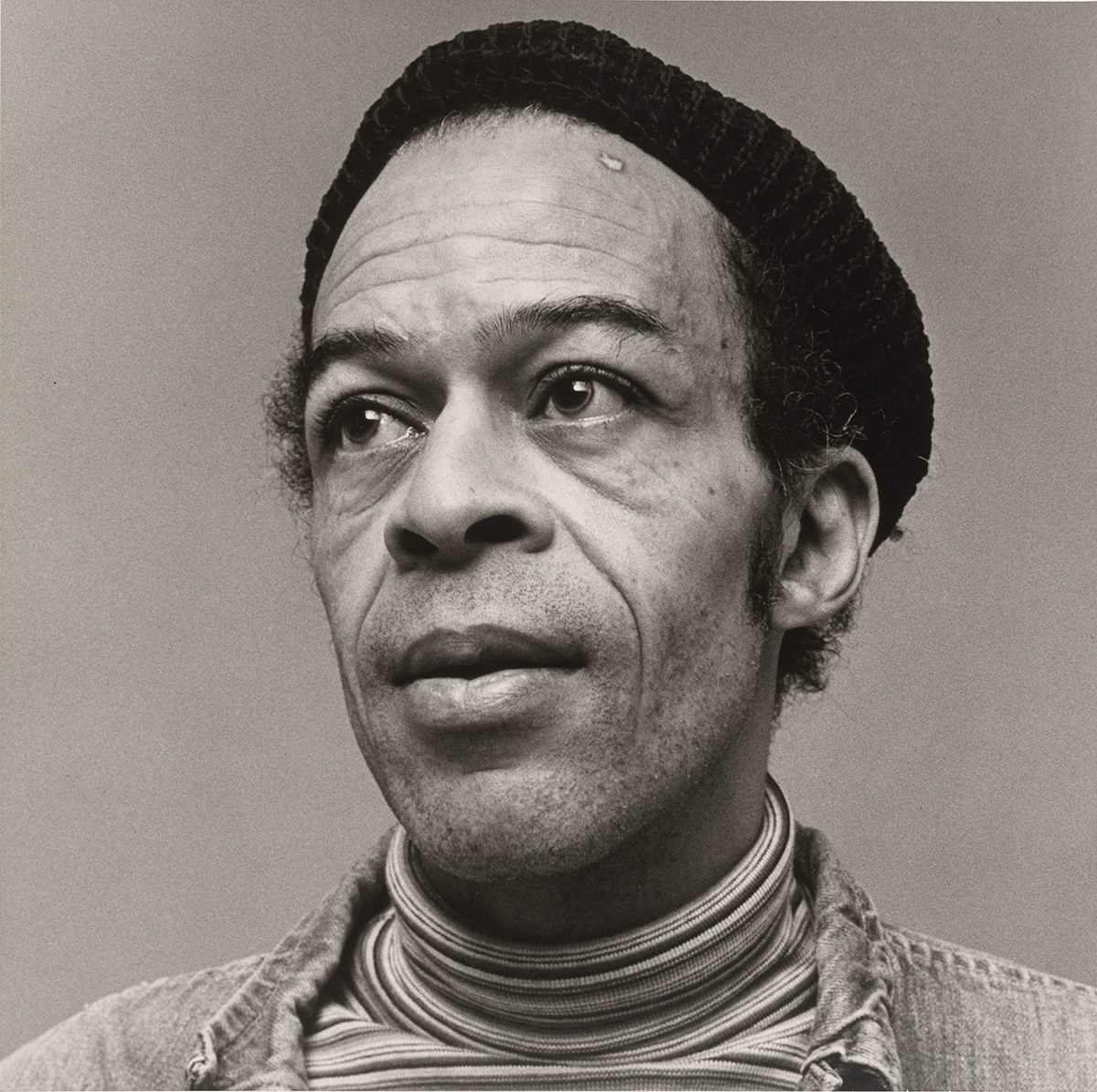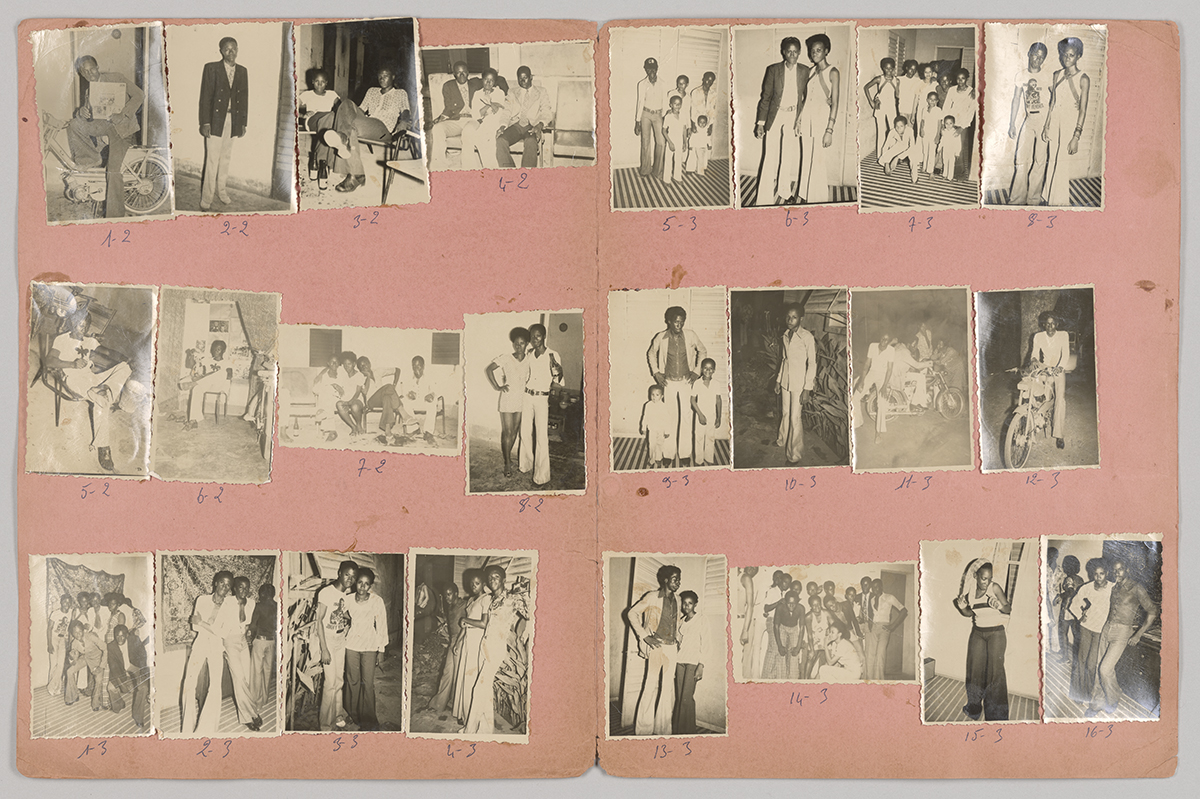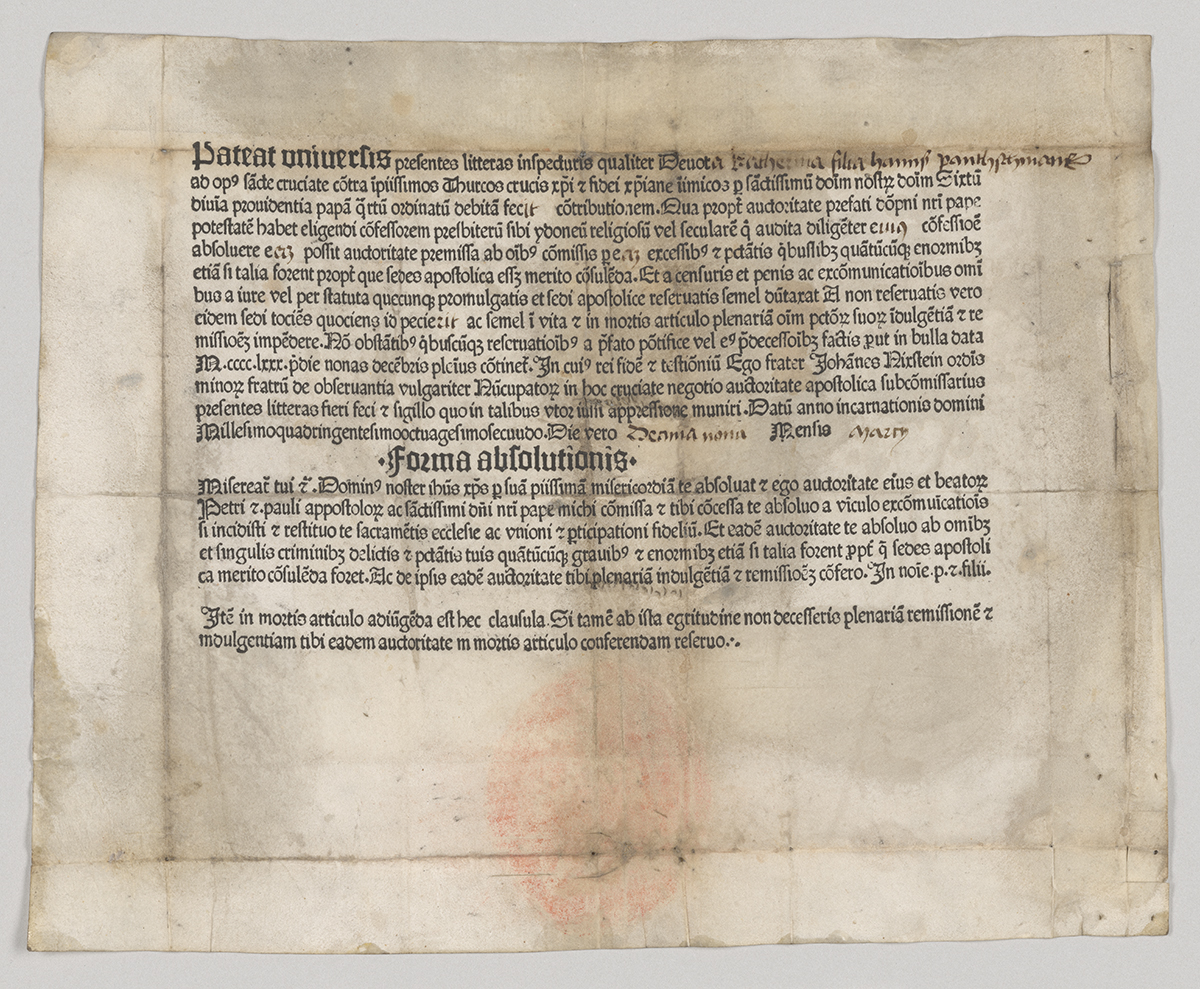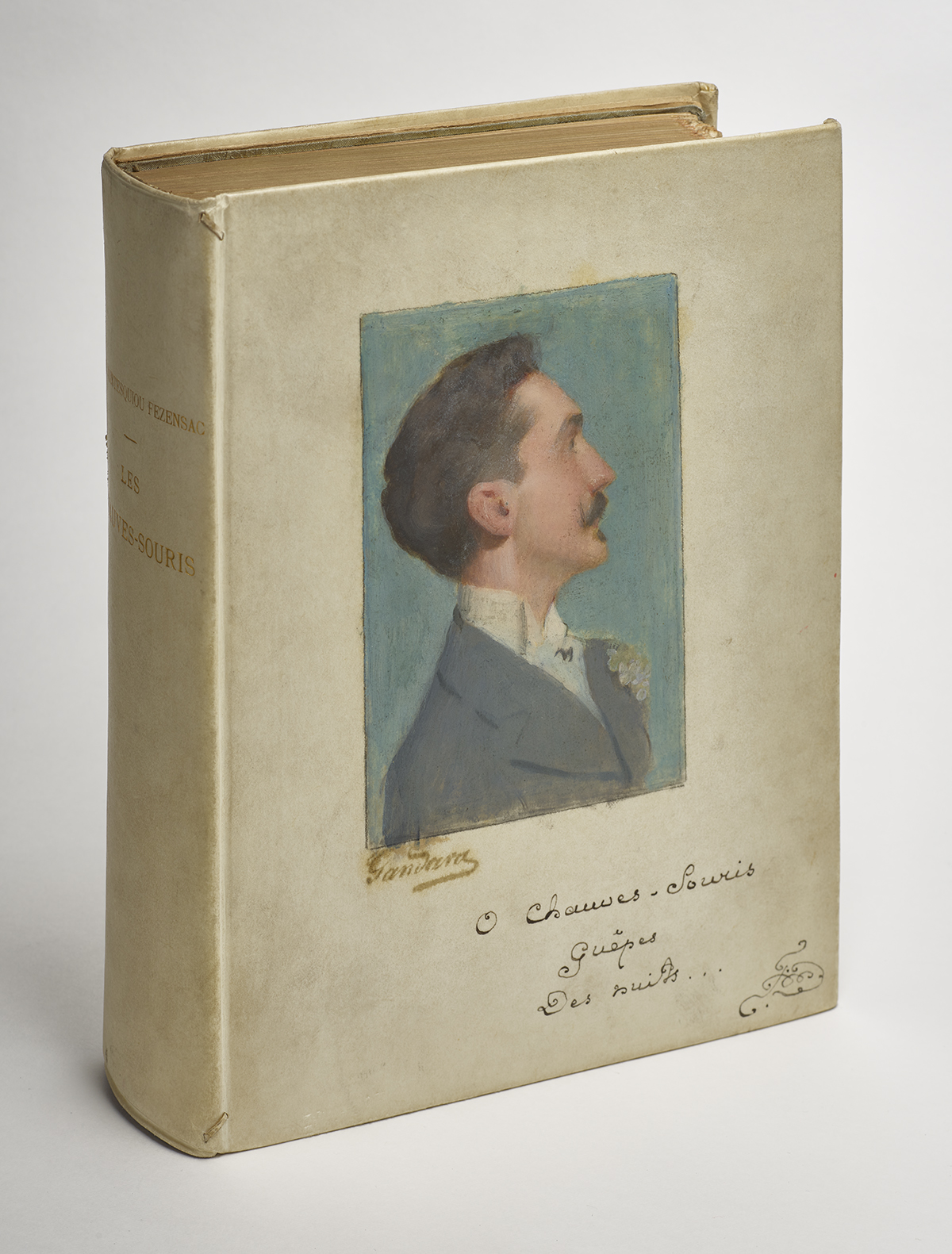This report spans the fiscal year from April 1, 2019, to March 31, 2020, and it is with pride that I share it with you in digital format and enriched with video content for the first time. As I write, the myriad activities that took place on site during fiscal year 2020 seem very far away. On March 13, 2020, we closed to the public in response to the COVID-19 crisis, not imagining that our temporary closure would last nearly six months.
Nonetheless, the many notable achievements of fiscal year 2020 deserve to be documented and celebrated in their own right. I hope you enjoy the many examples of the Morgan’s commitment to scholarship, preservation, and outreach that you will find throughout this report. Thanks in large part to your steadfast support, we achieved many milestones and shared our activities with a wide audience, and I sincerely thank you.
Our talented staff, always drawing inspiration from the Morgan’s remarkable collection and campus architecture, brought forth a rich roster of offerings. A record number of over 250,000 visitors joined us in person for exhibitions whose diverse subjects ranged from the maverick Alfred Jarry to the theatrical sets by the beloved children’s book illustrator Maurice Sendak and the expressive charcoal drawings of John Singer Sargent. Illuminating programs, variously tailored for the general public, schoolchildren, and scholars, enriched the experience. Our digital outreach expanded to over 6.5 million website visits annually, and by the end of the year, our social media channels averaged 800,000 engagements every month.
Providing support and assistance for scholars remained at the core of our mission. The Sherman Fairchild Reading Room welcomed researchers who studied thousands of items from the collection, delving into topics as varied as the role of surface decorations in the Persian Empire and the symbolism of the honeybee in medieval literature. In its ninth year, the Drawing Institute continued its ever-more-ambitious program of lectures, study days, graduate seminars, and fellowships. The staff of the Thaw Conservation Center engaged in a number of exciting research projects, such as a technical study of the complex structure of leaves from the Read Mughal Album. In addition, we continued to improve global access through robust digitization efforts.
We actively developed our collection, extending our holdings across departments. Notable acquisitions included an unparalleled collection of eighteenth-century French manuscripts and bindings bequeathed by Mrs. Jayne Wrightsman in honor of Morgan Trustee Mrs. Annette de la Renta; a collection of twenty-three modern and contemporary drawings once belonging to the poet John Ashbery; and photographs by the artists Peter Hujar and Duane Michals. Many more are listed here.
The Morgan also deepened its commitment to diversity, equity, access, and inclusion, with a special focus on developing a career pipeline program that would provide mentorship for students and early career professionals from underrepresented groups. Thanks to the generosity of the Carnegie Corporation of New York and Lawrence R. and Lucy Ricciardi, we were able to add two-year fellowships for postdoctoral scholars, who will bring vital voices and new perspectives to the Morgan’s work.
Last, but not least, our multiyear project to restore and enhance the exterior of the historic J. Pierpont Morgan’s Library made significant progress. The scaffolding shrouding the building was removed, revealing a spectacularly renewed façade, and we now have all the necessary approvals in place for the second phase, including a new garden and lighting. We look forward to completing the work and celebrating these new spaces with you in the years to come.
Although our fiscal year ended in circumstances we could never have imagined, we are more grateful than ever for your continued support in these most challenging of times. We thank you for your belief in all we do and look forward to seeing you in the galleries or on-screen soon.




